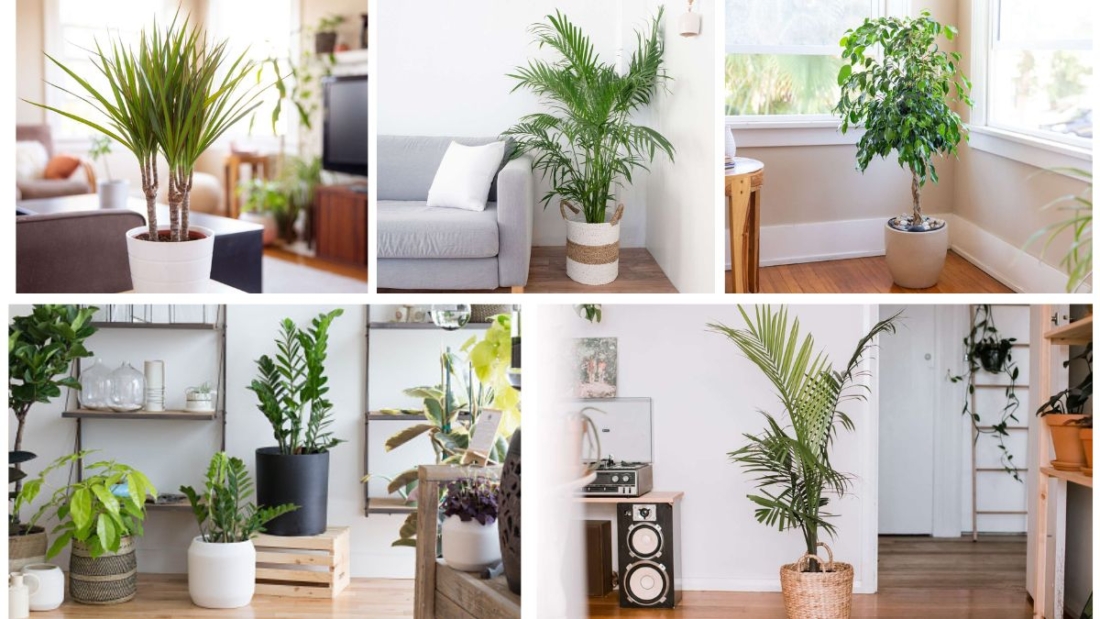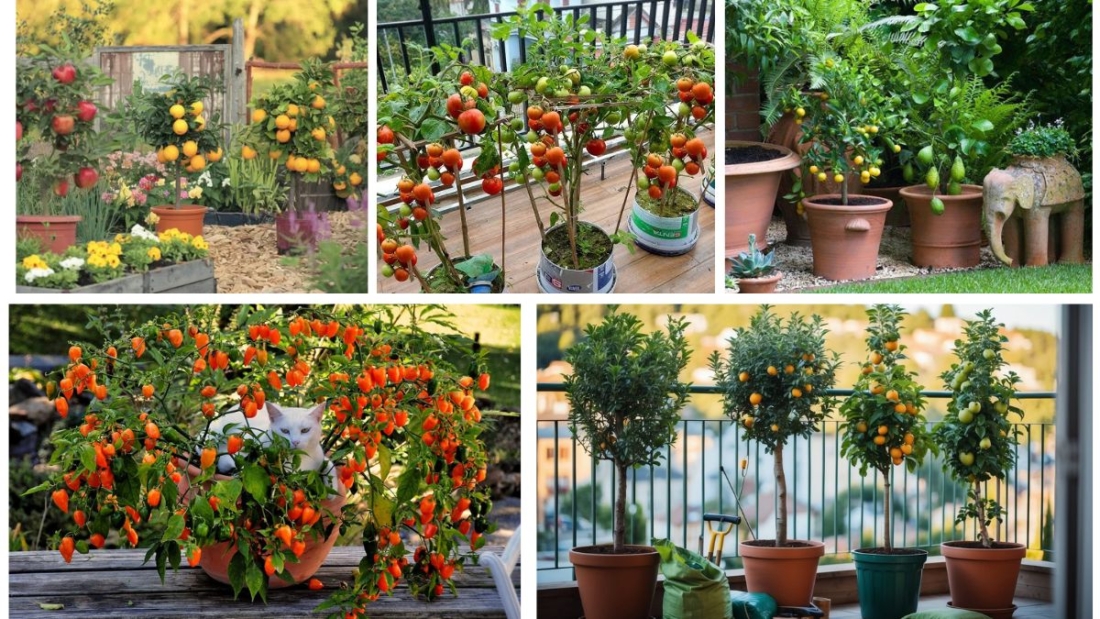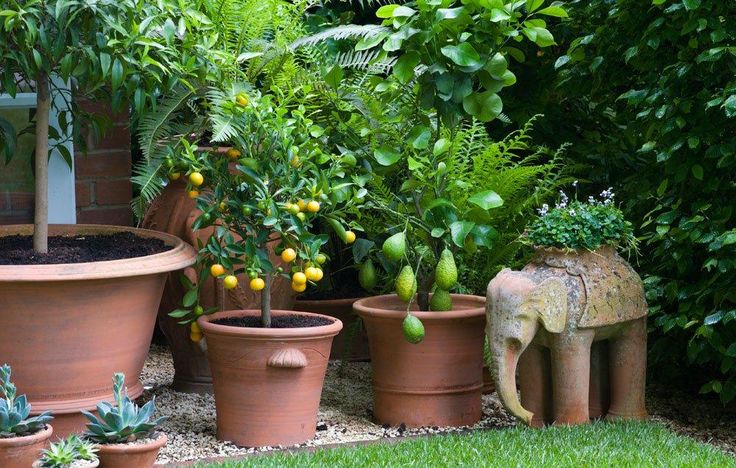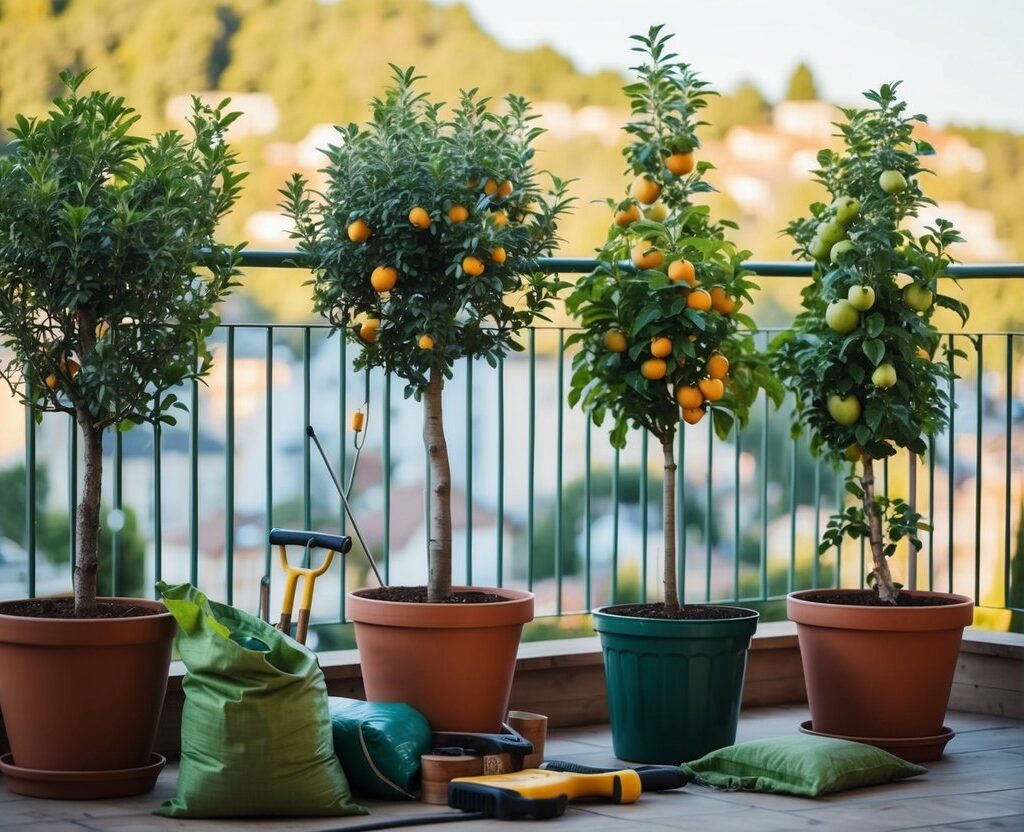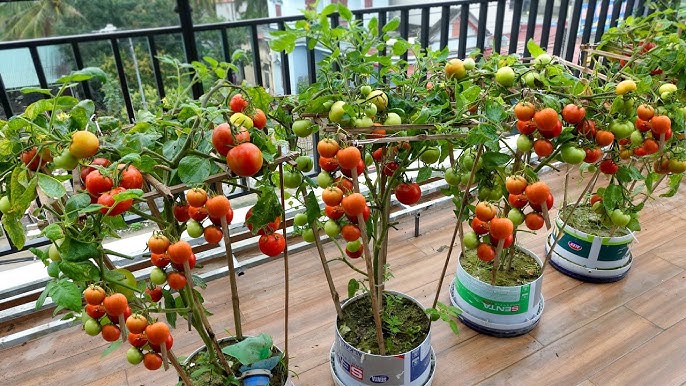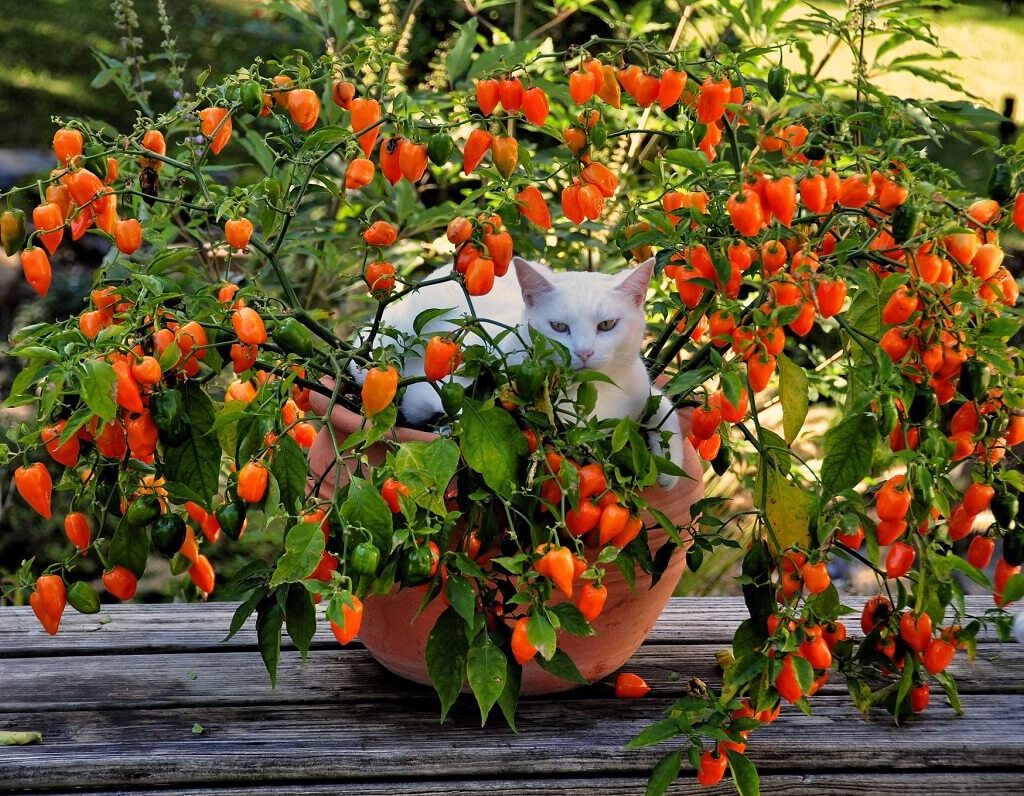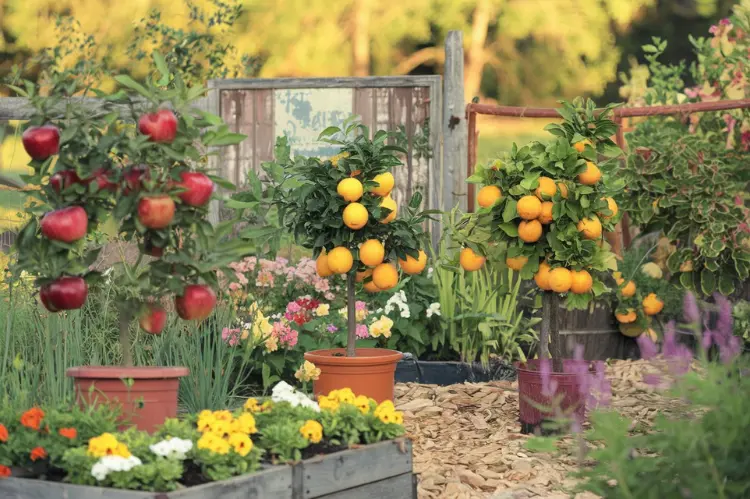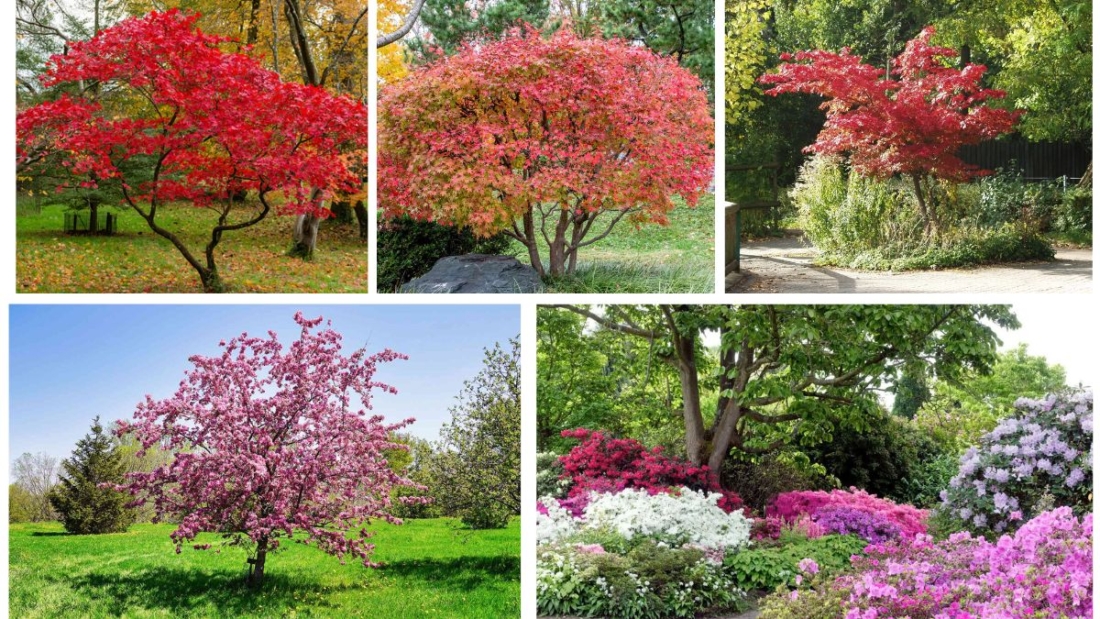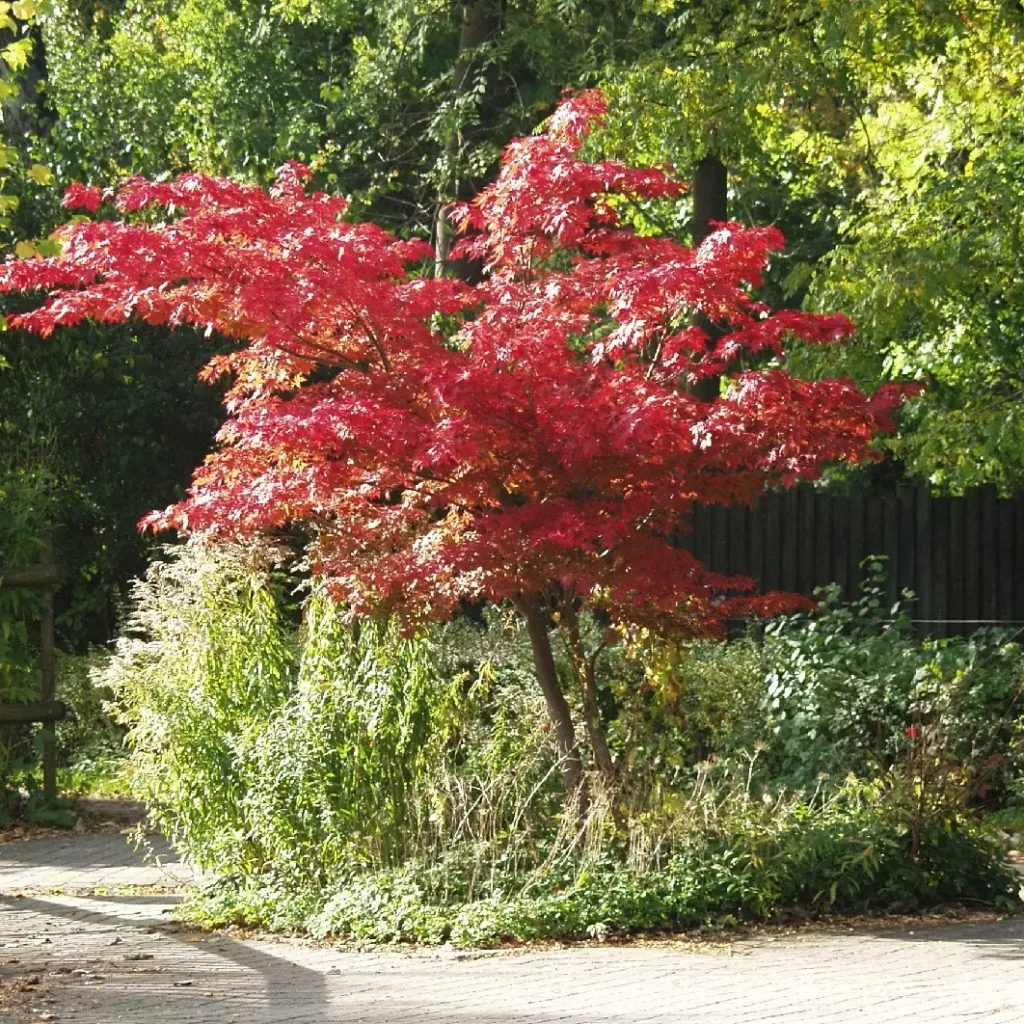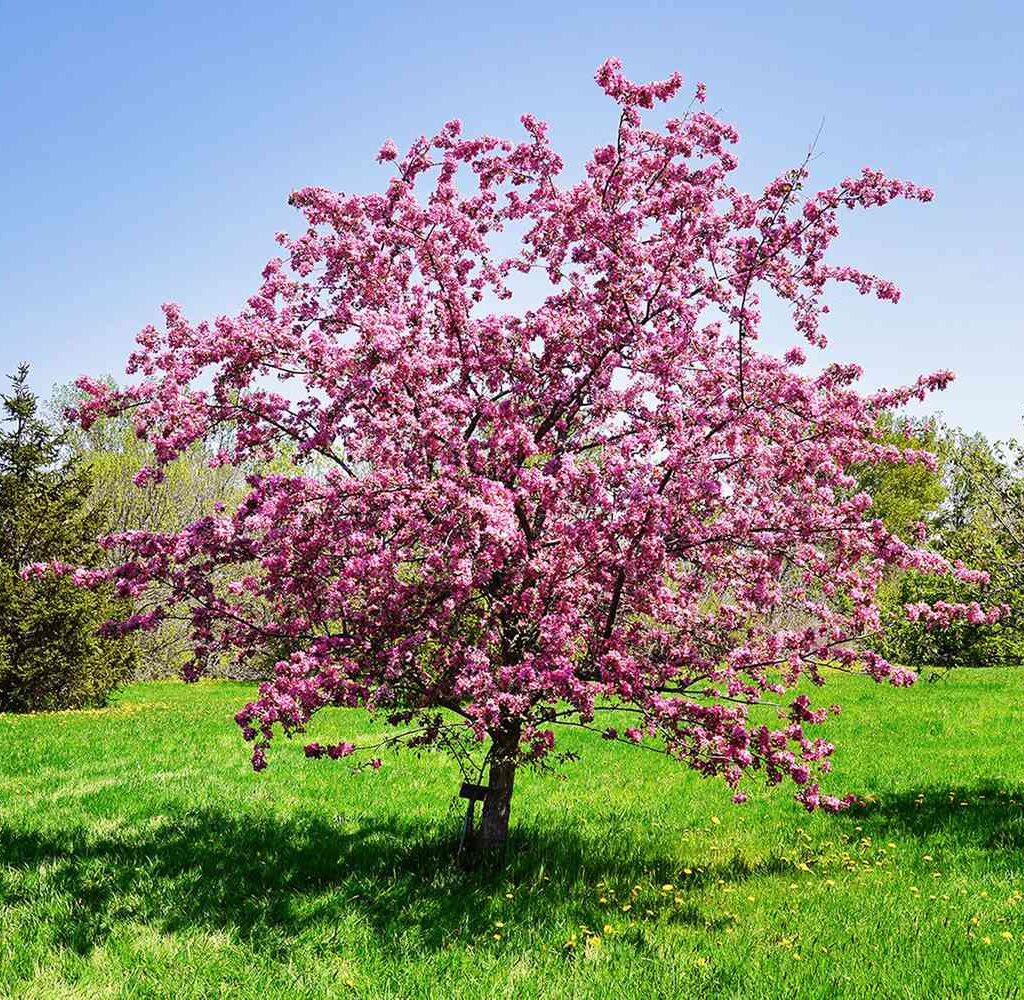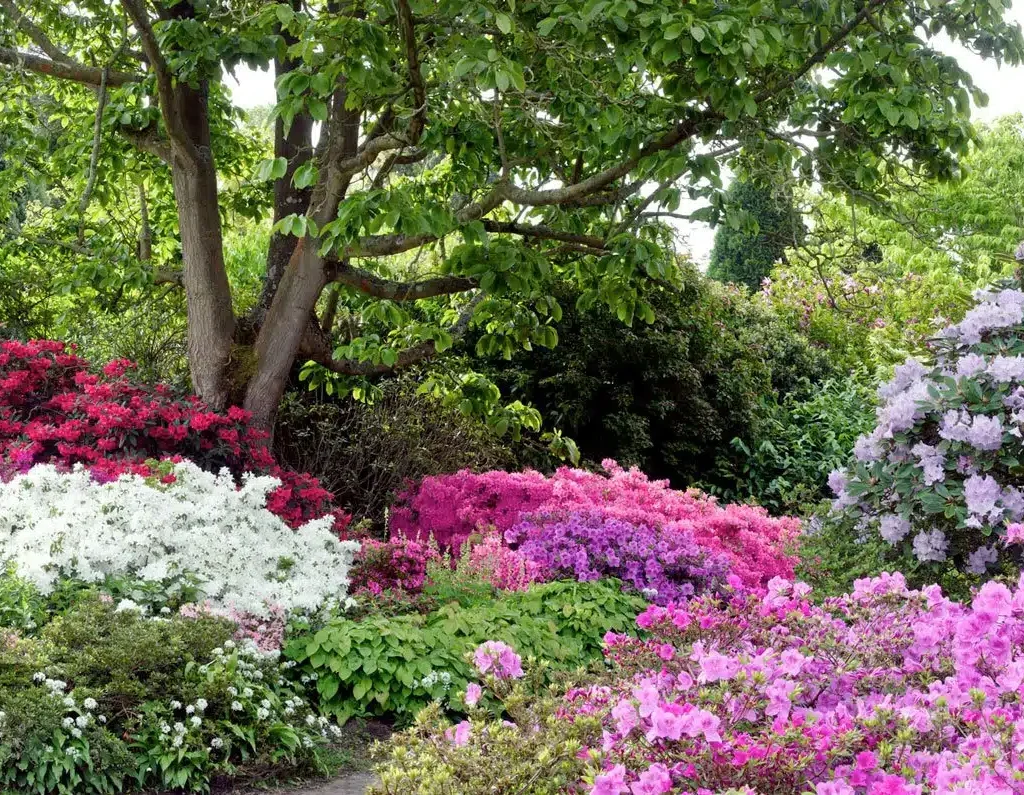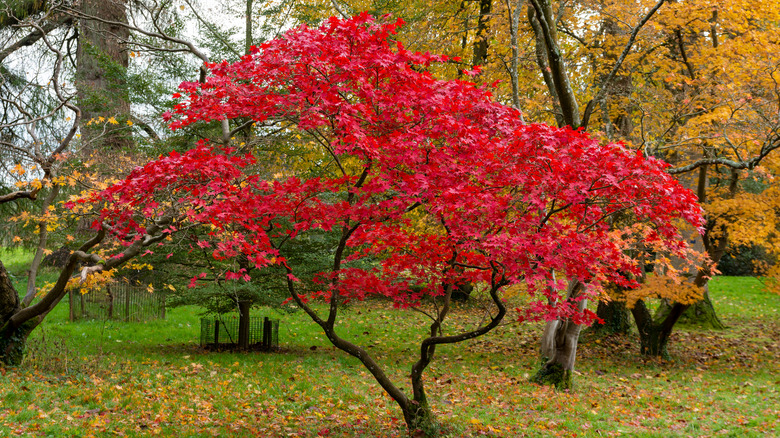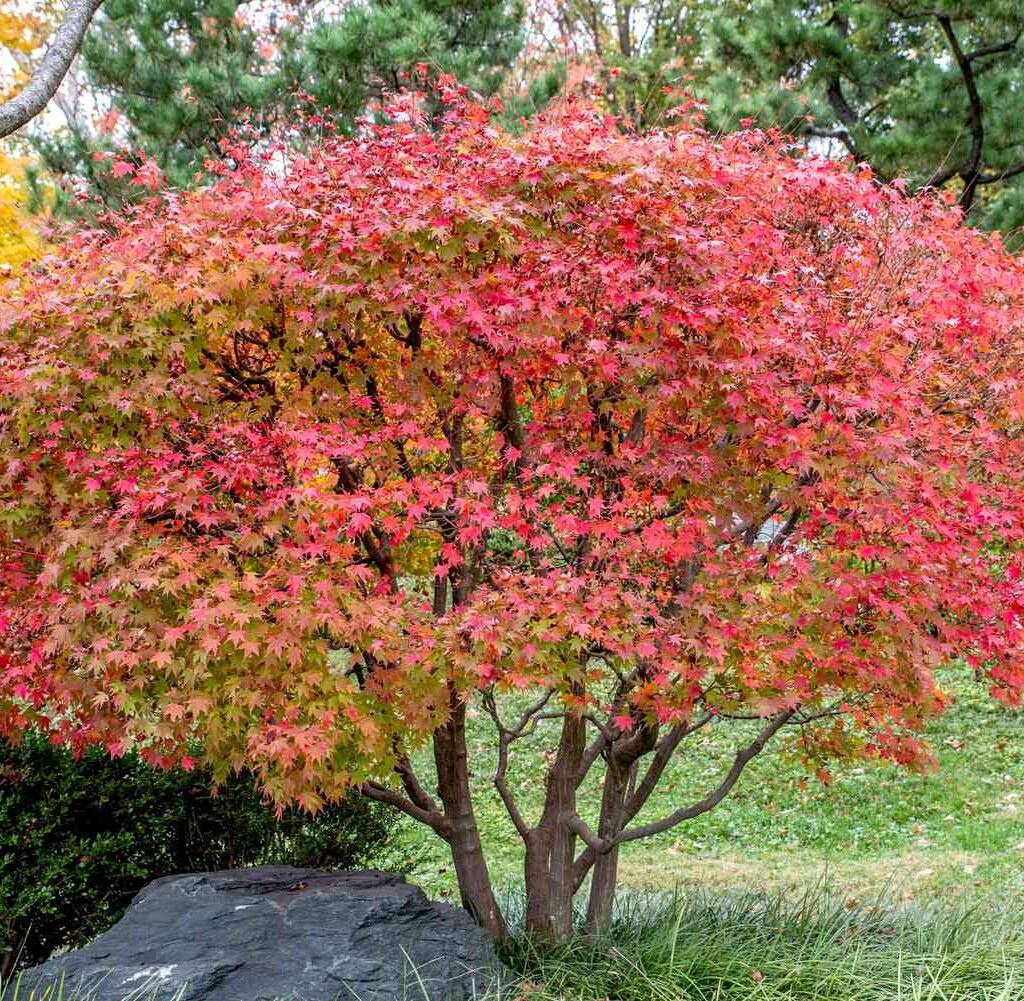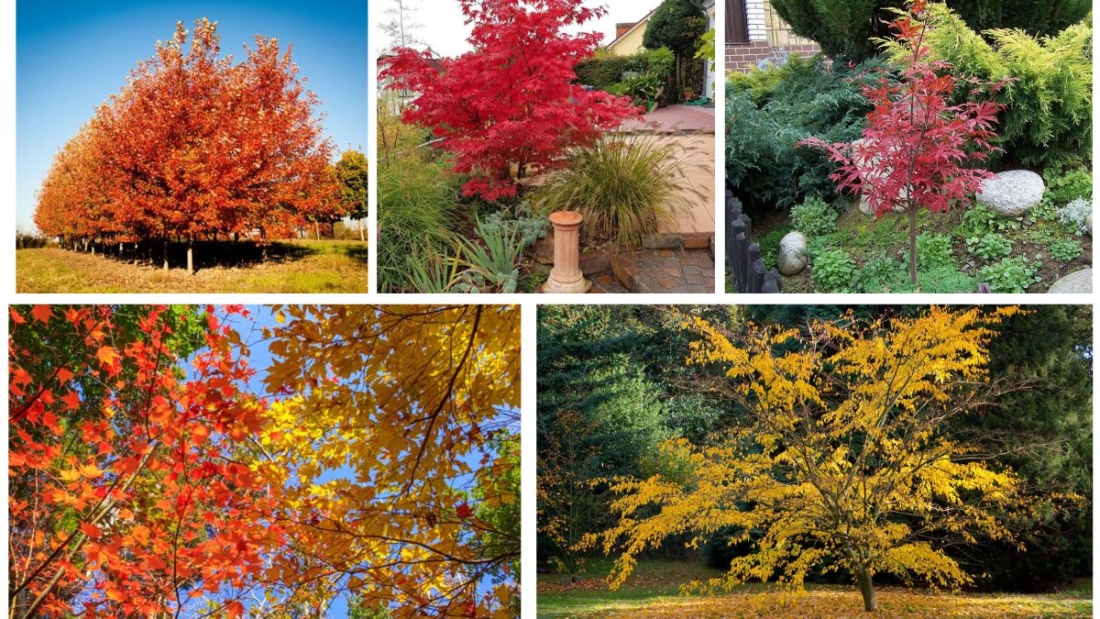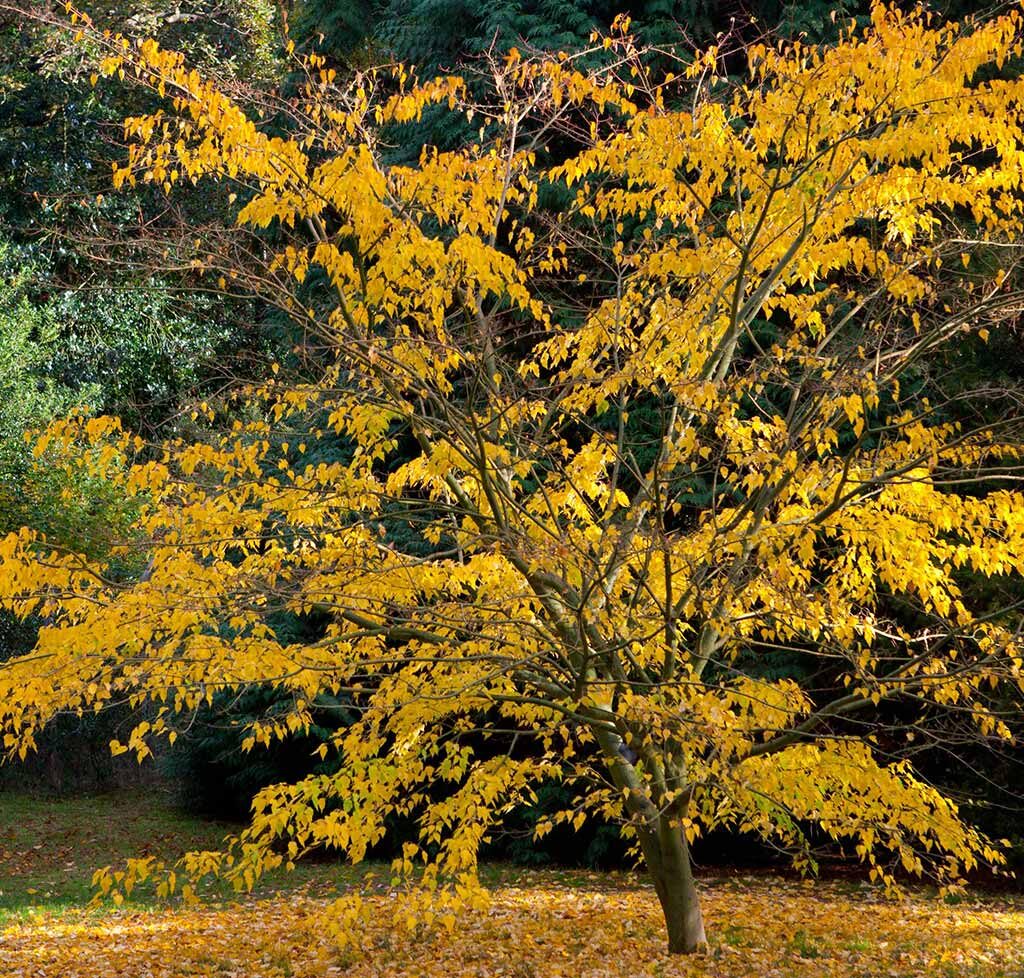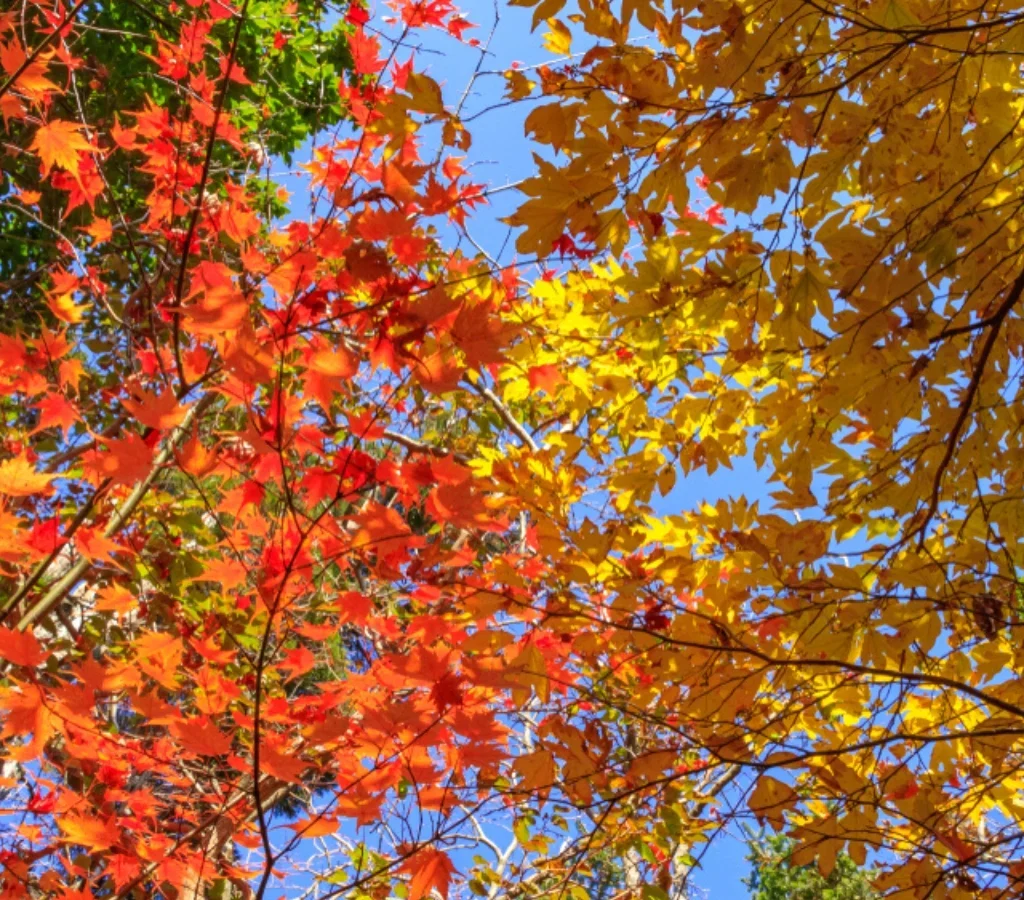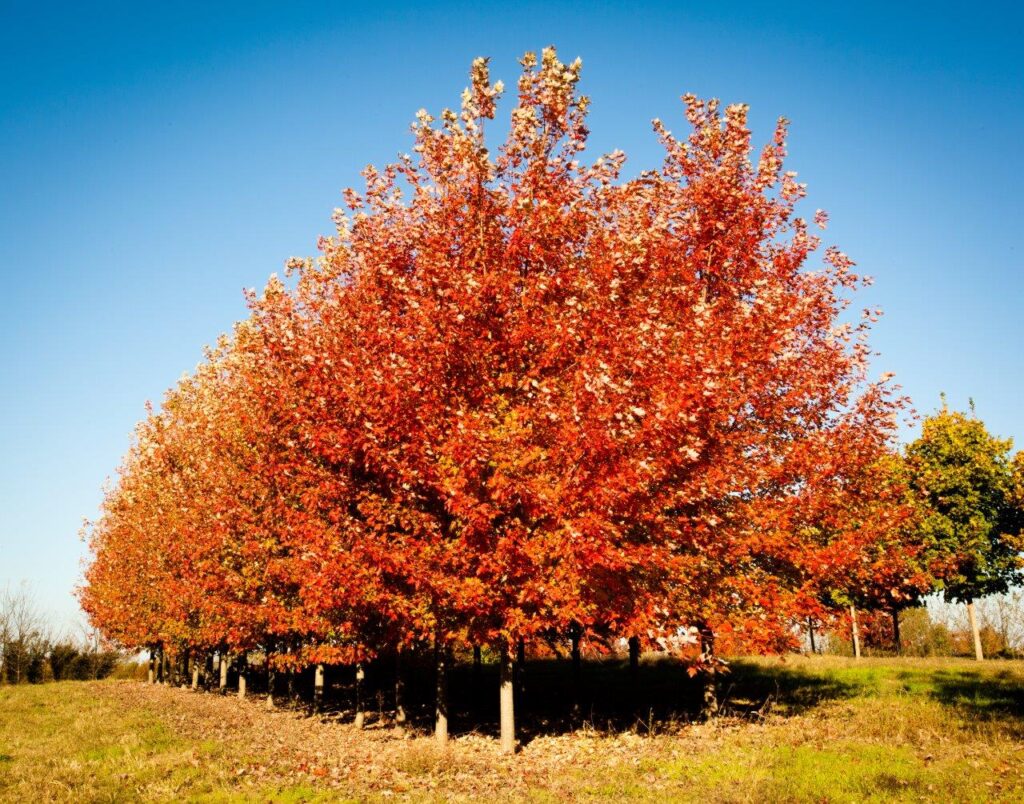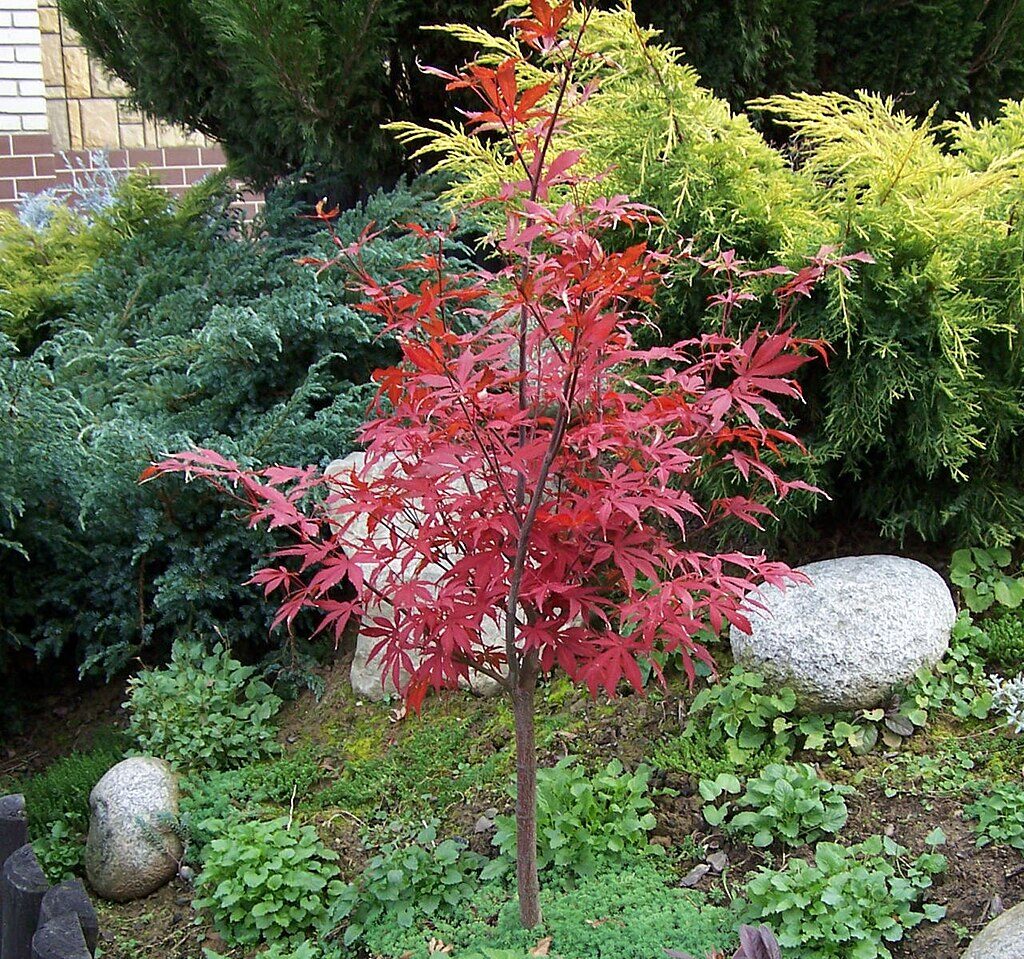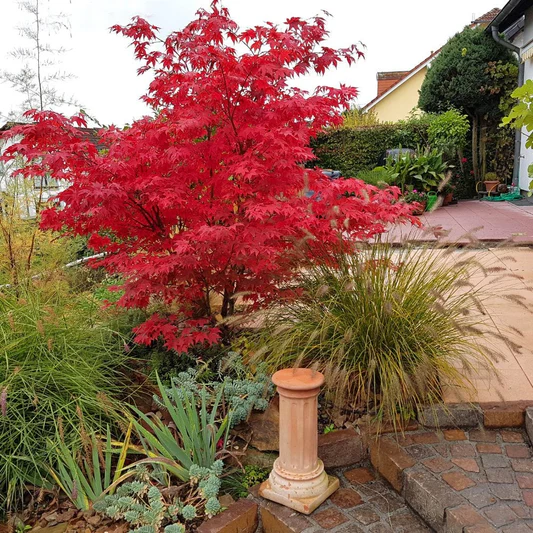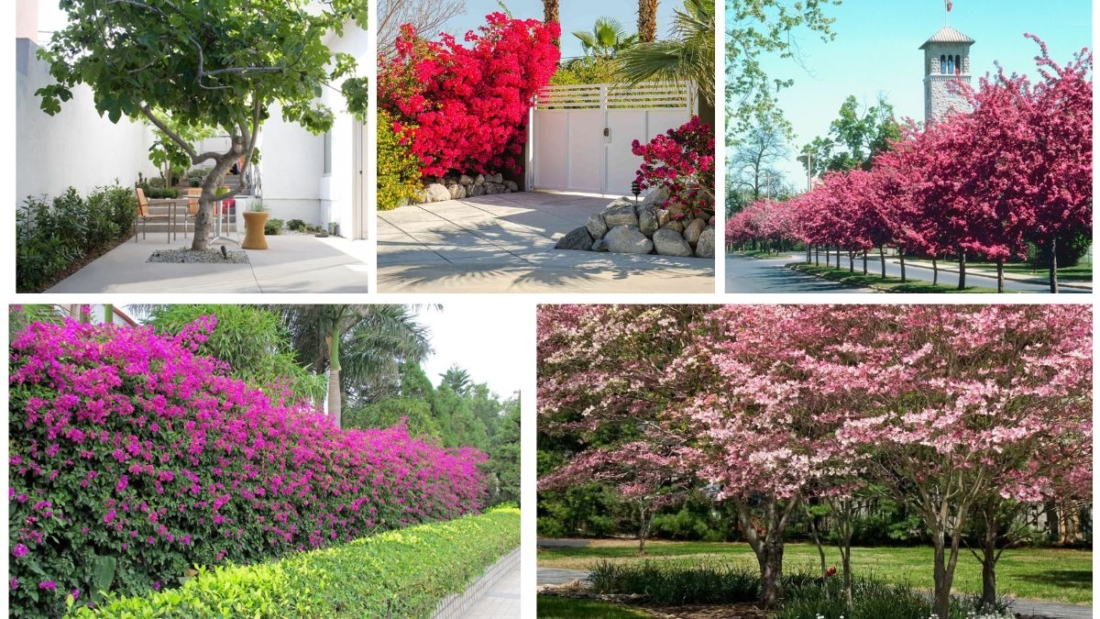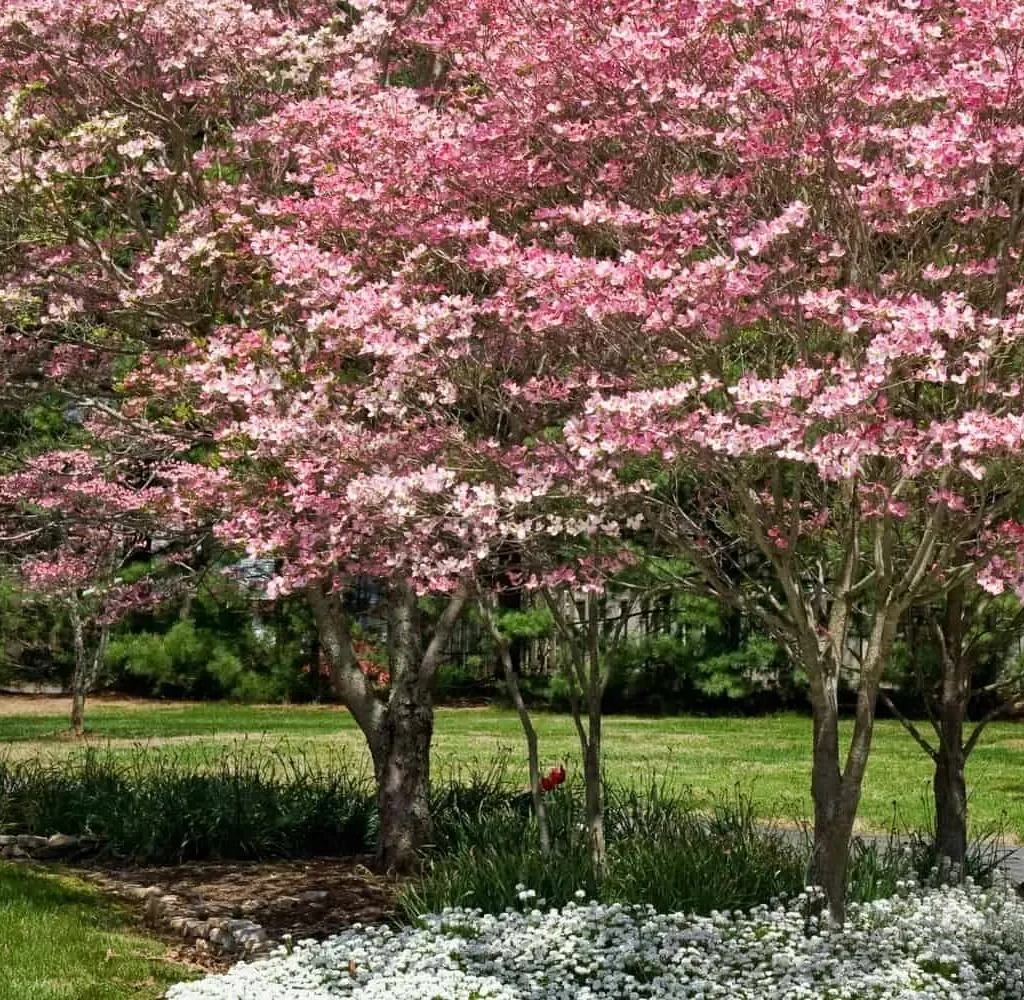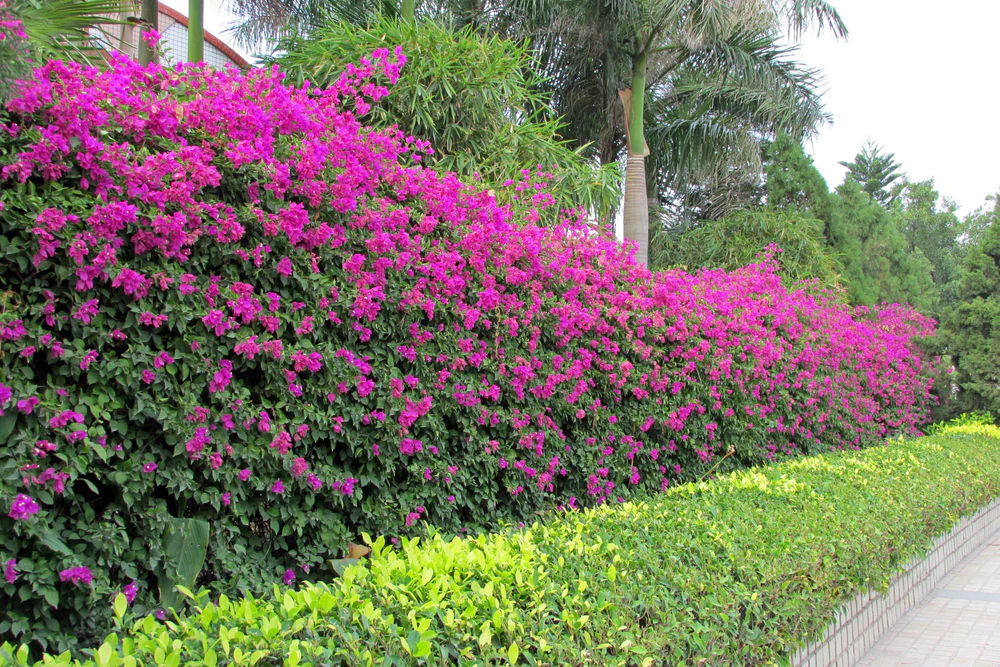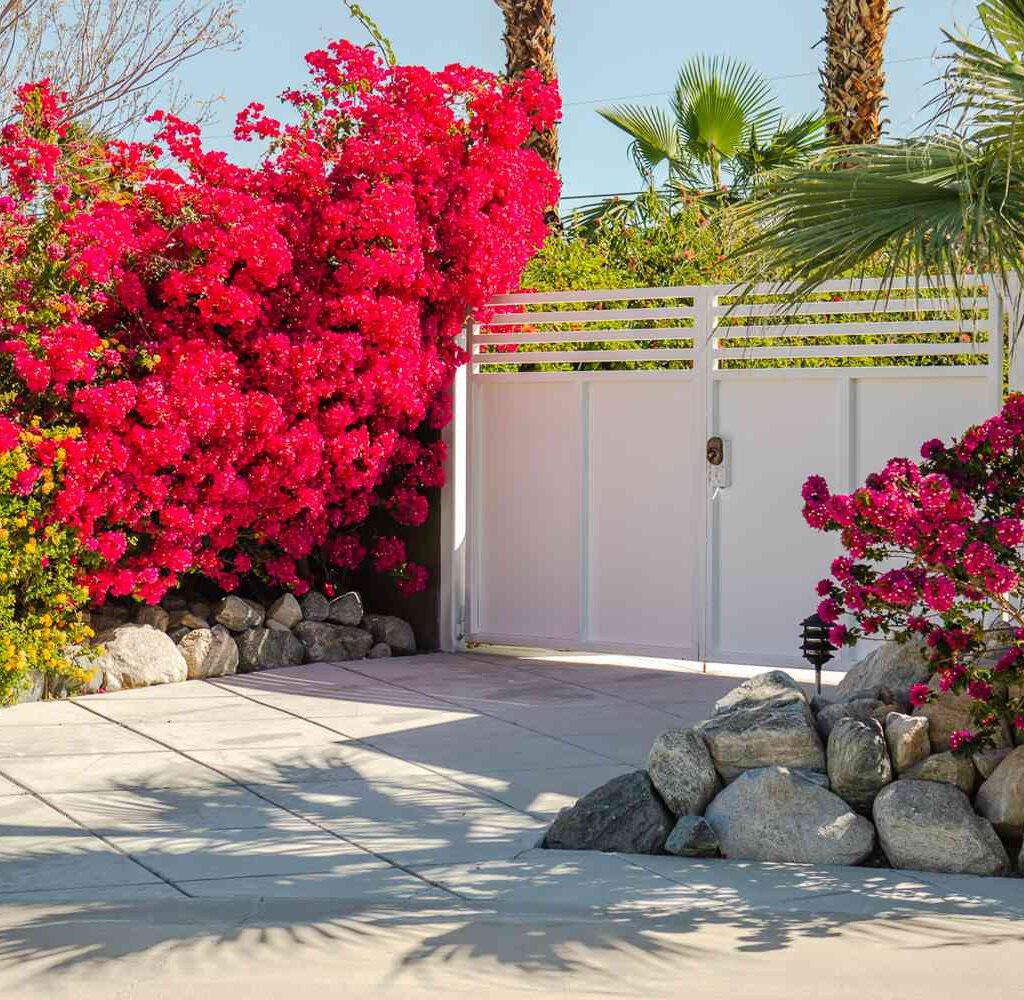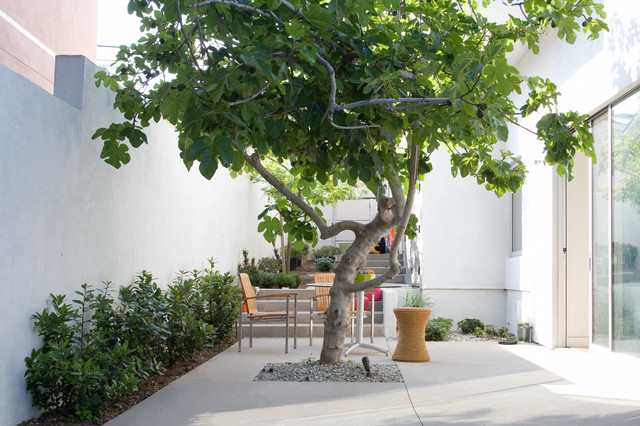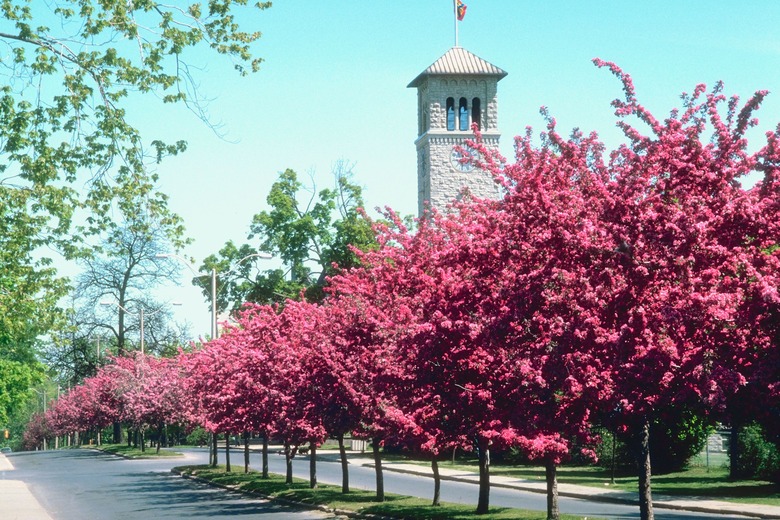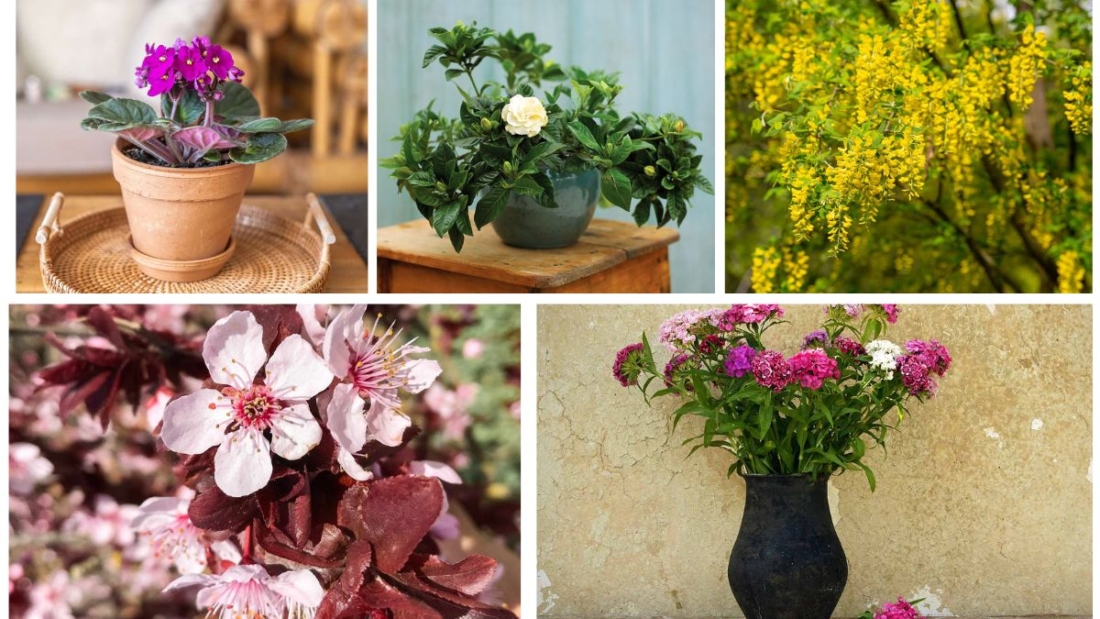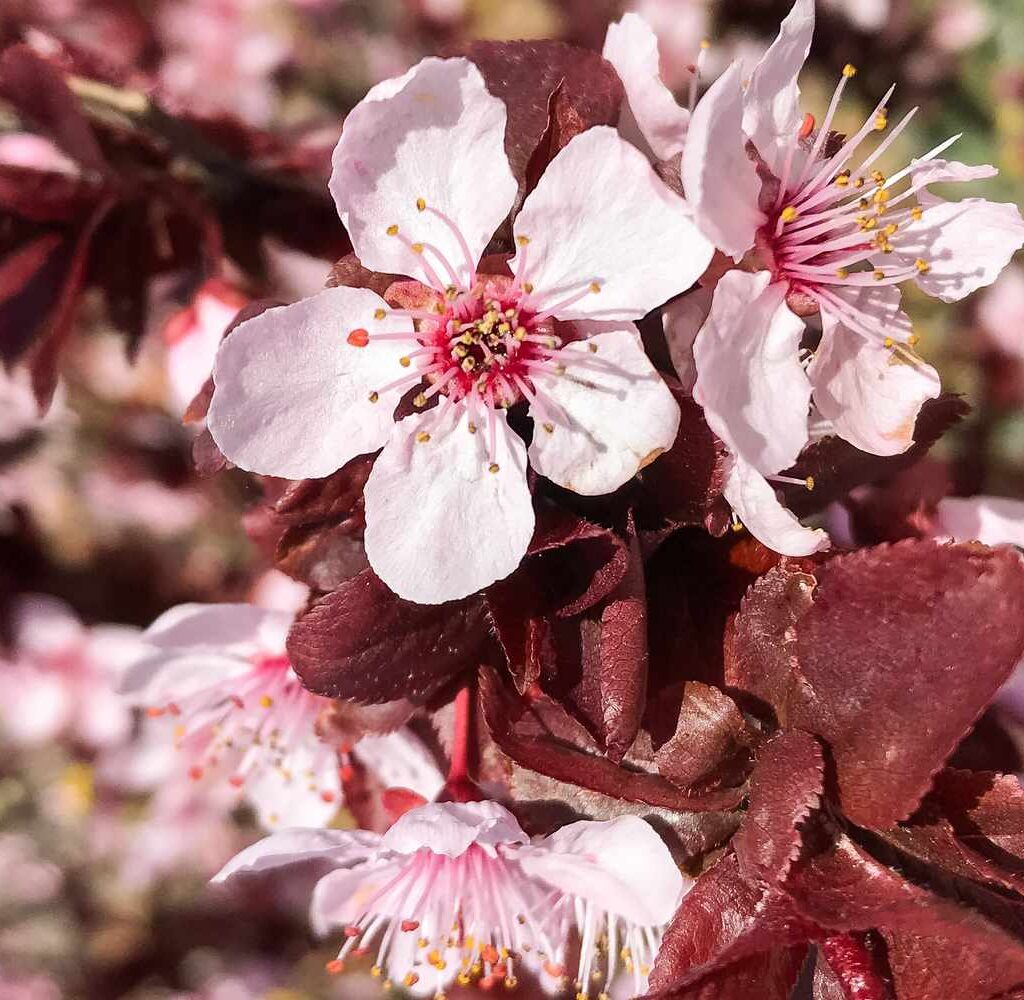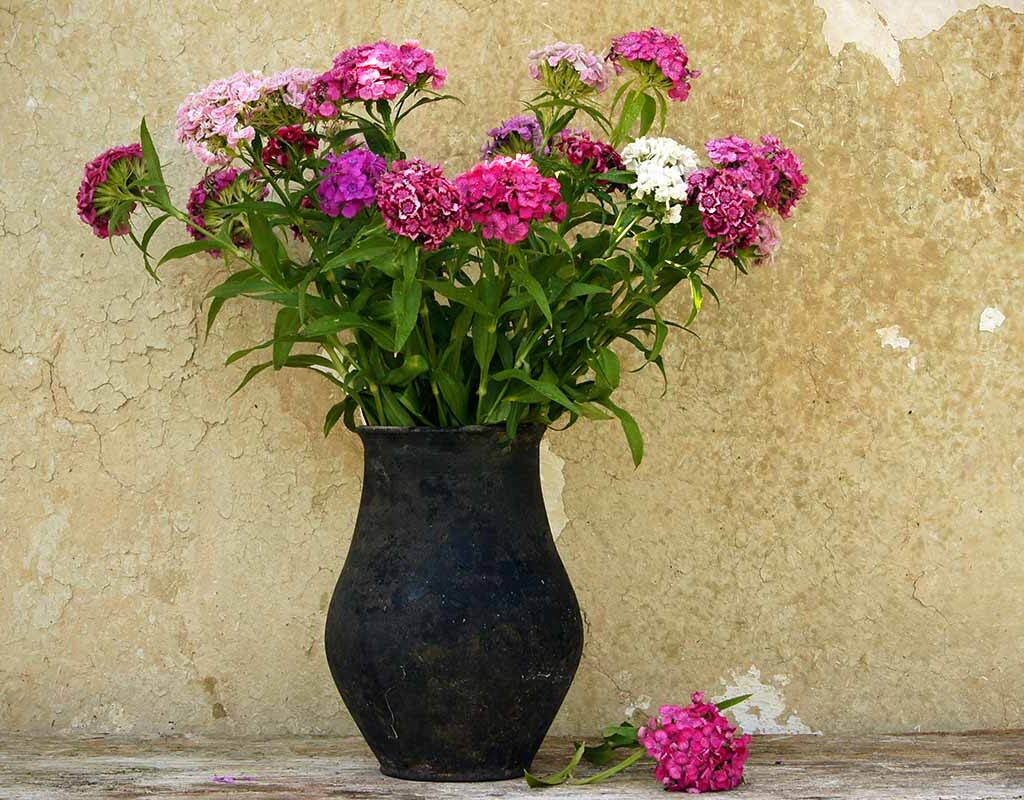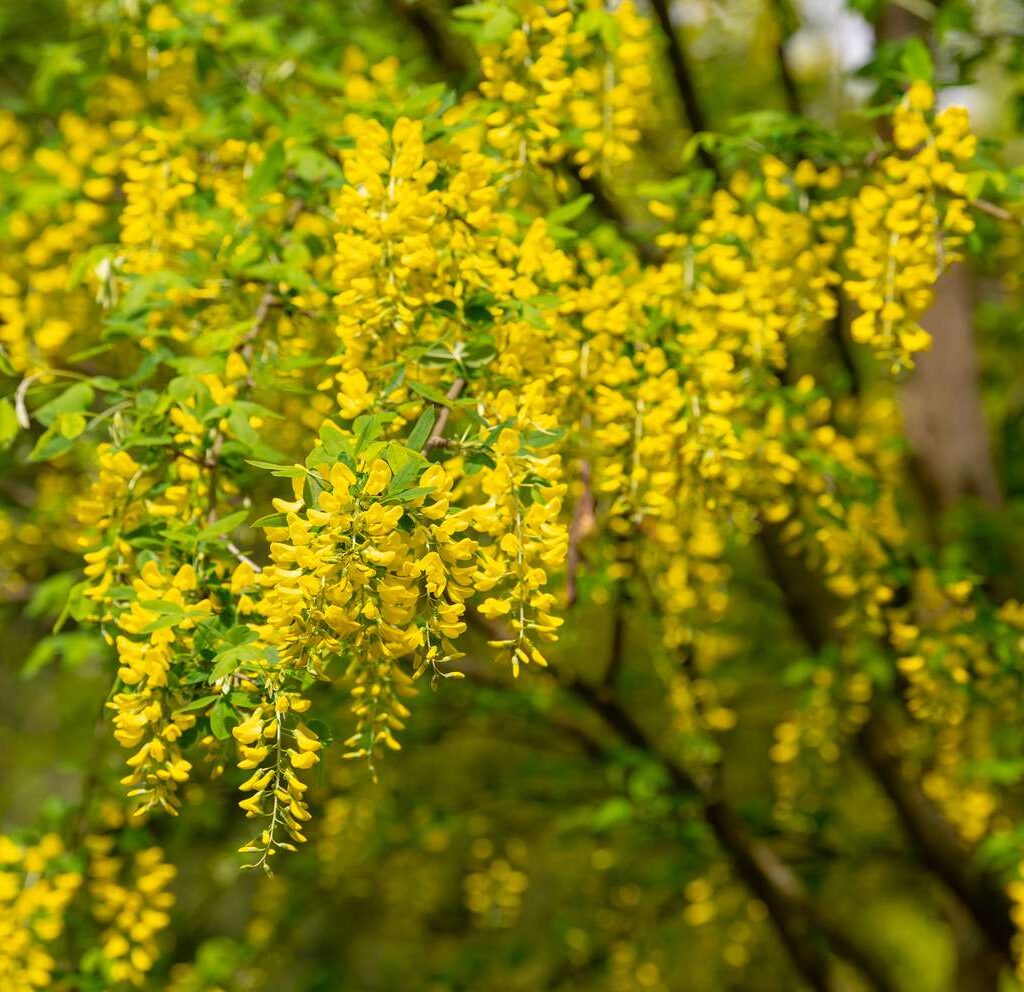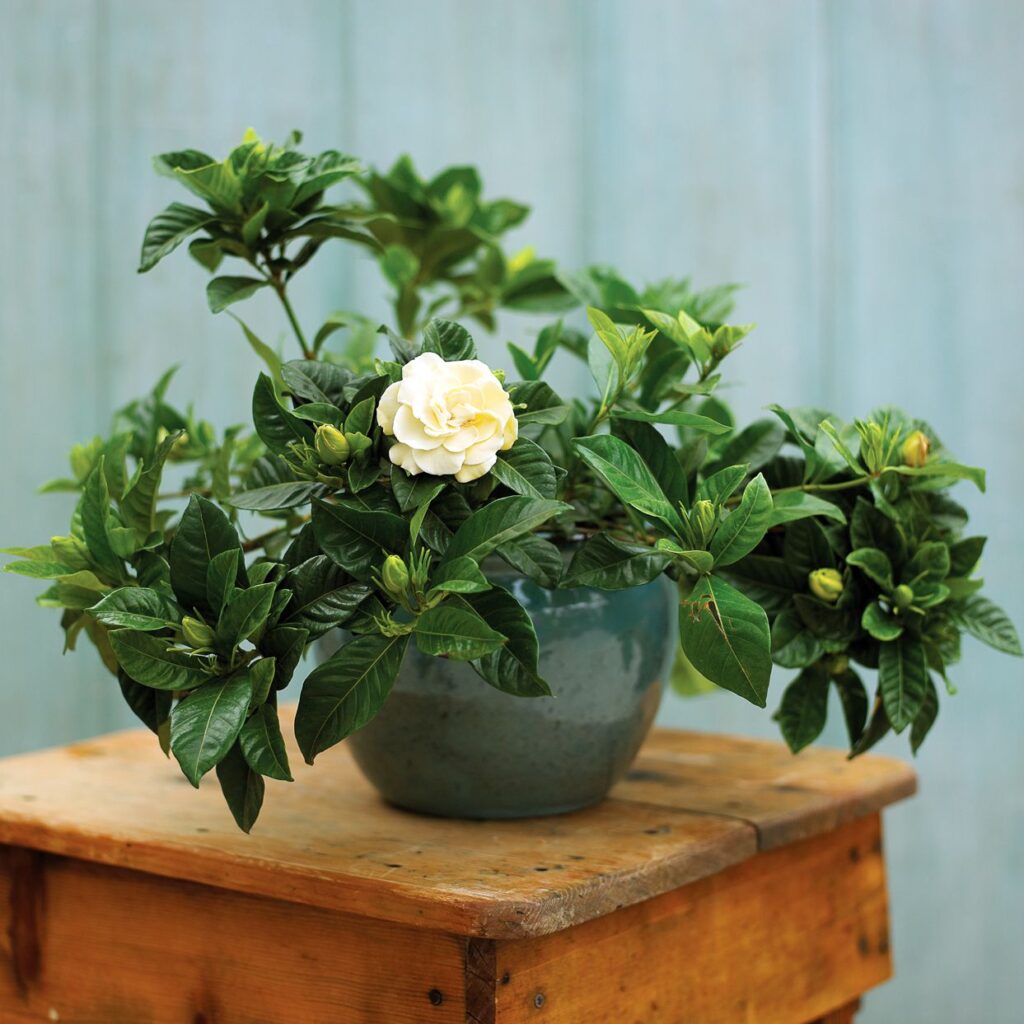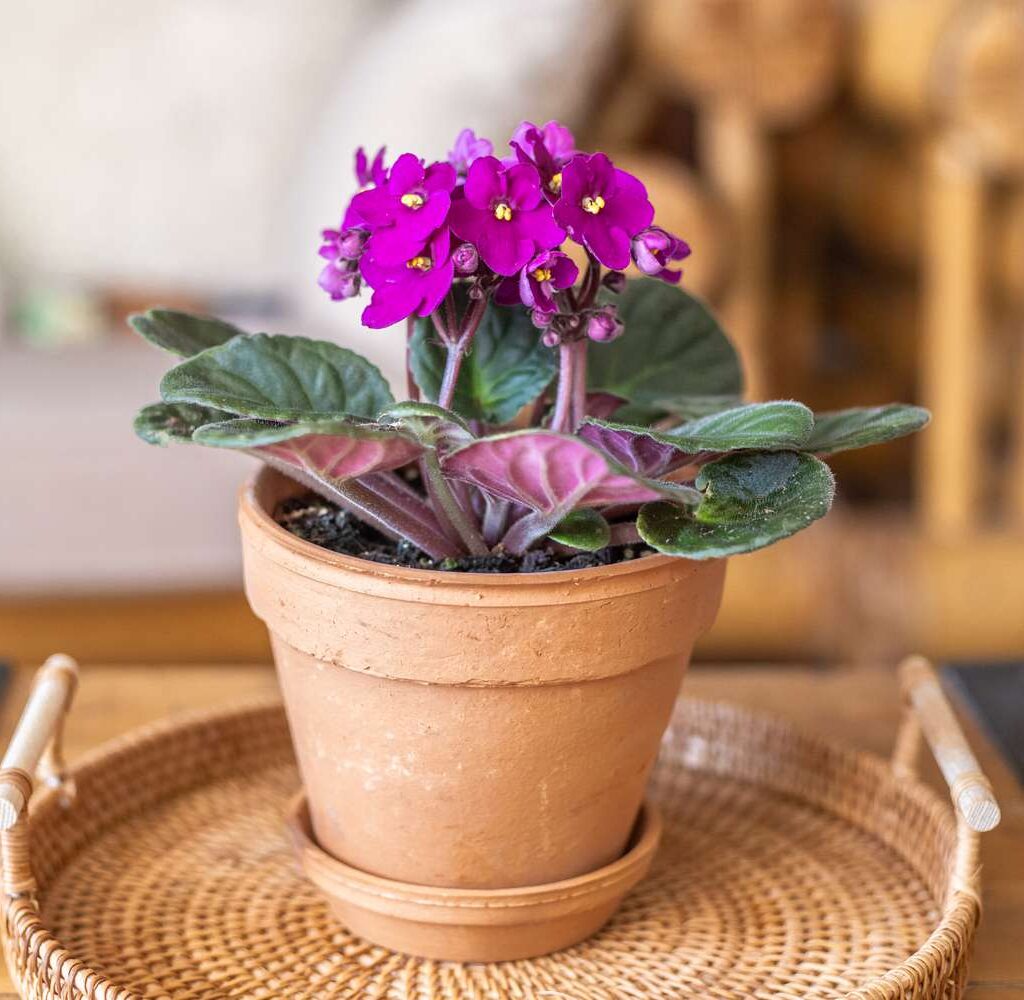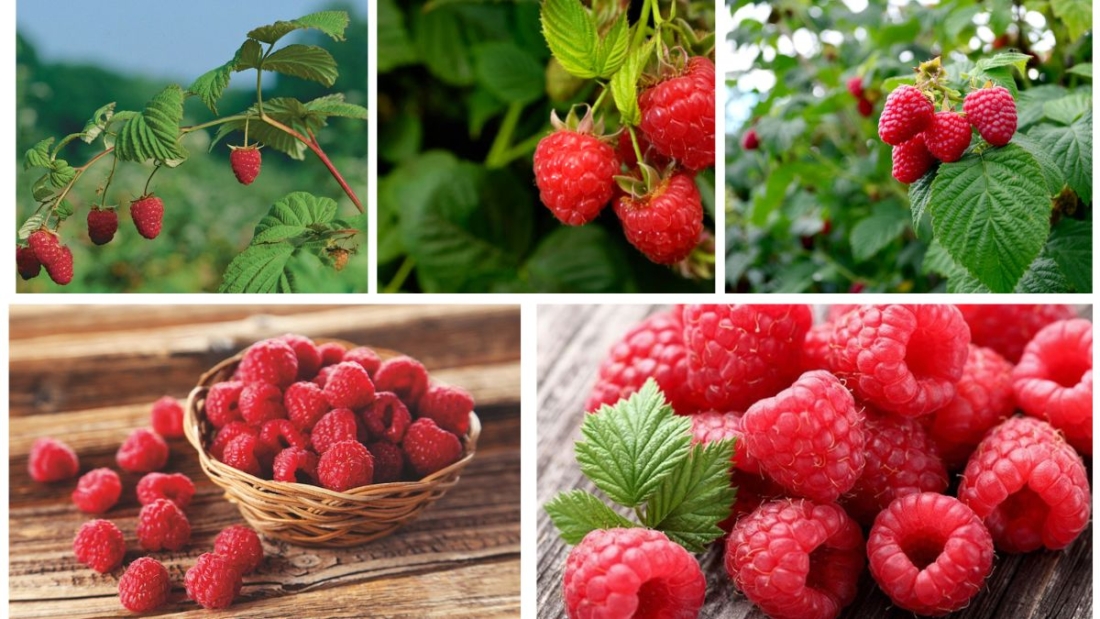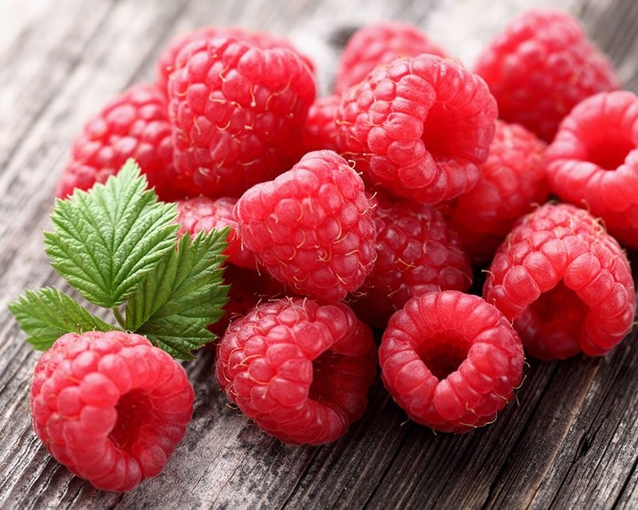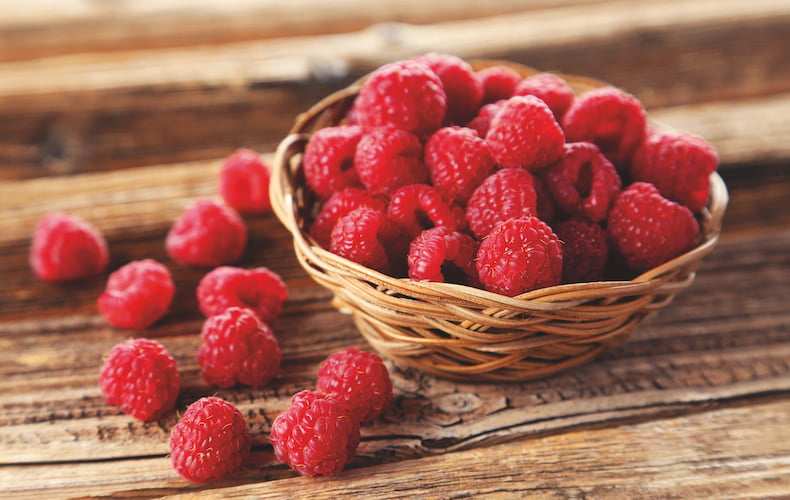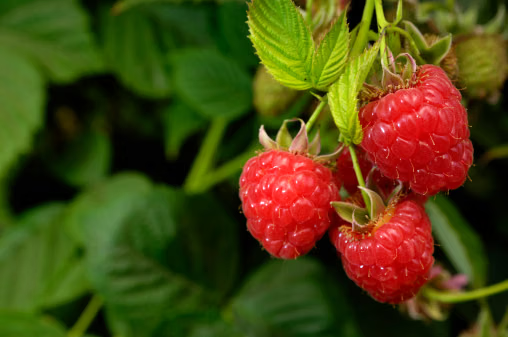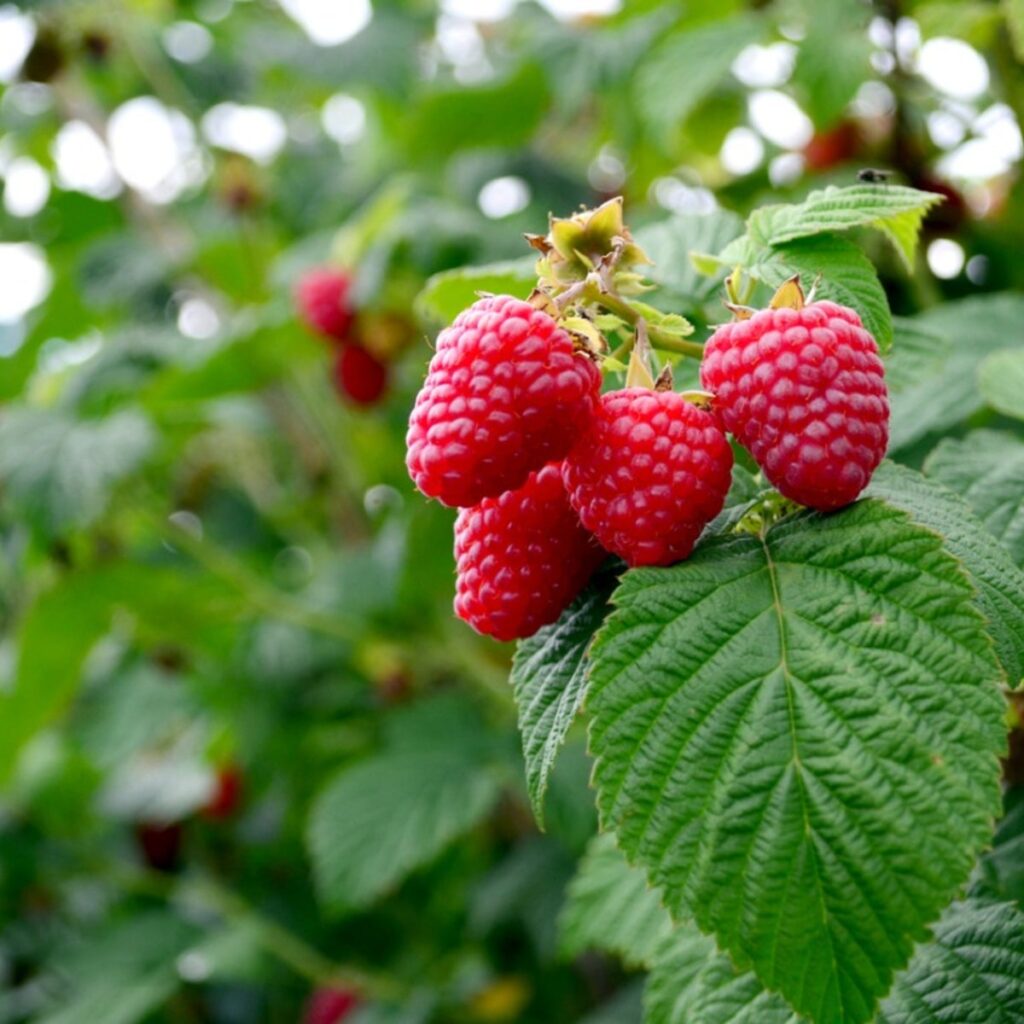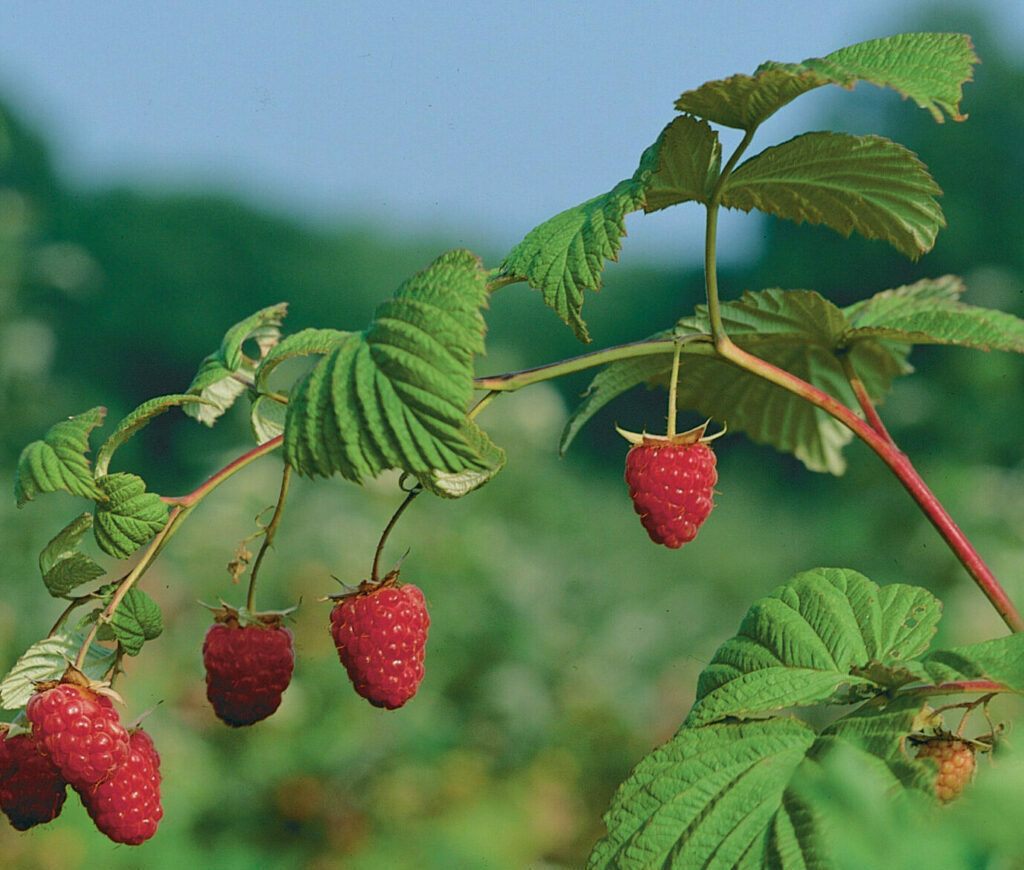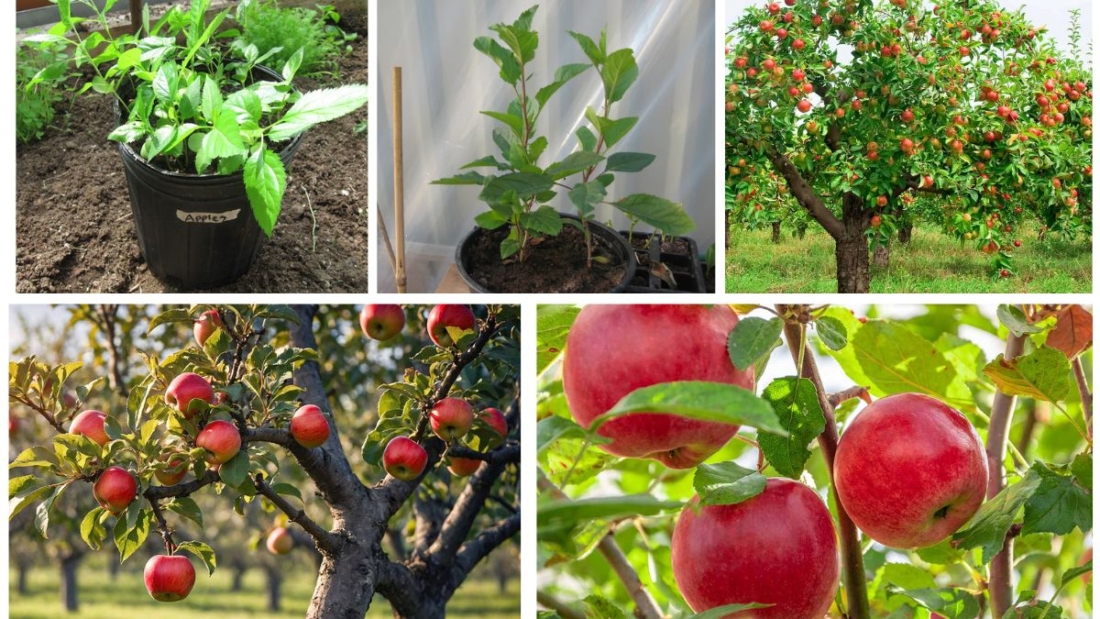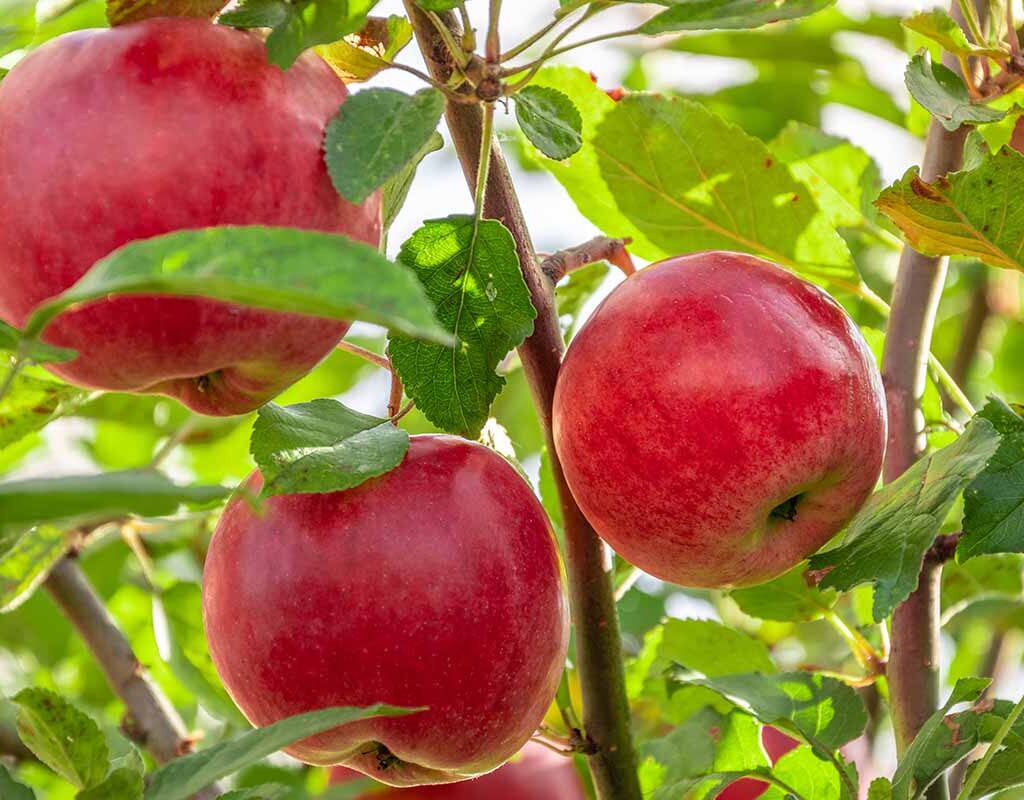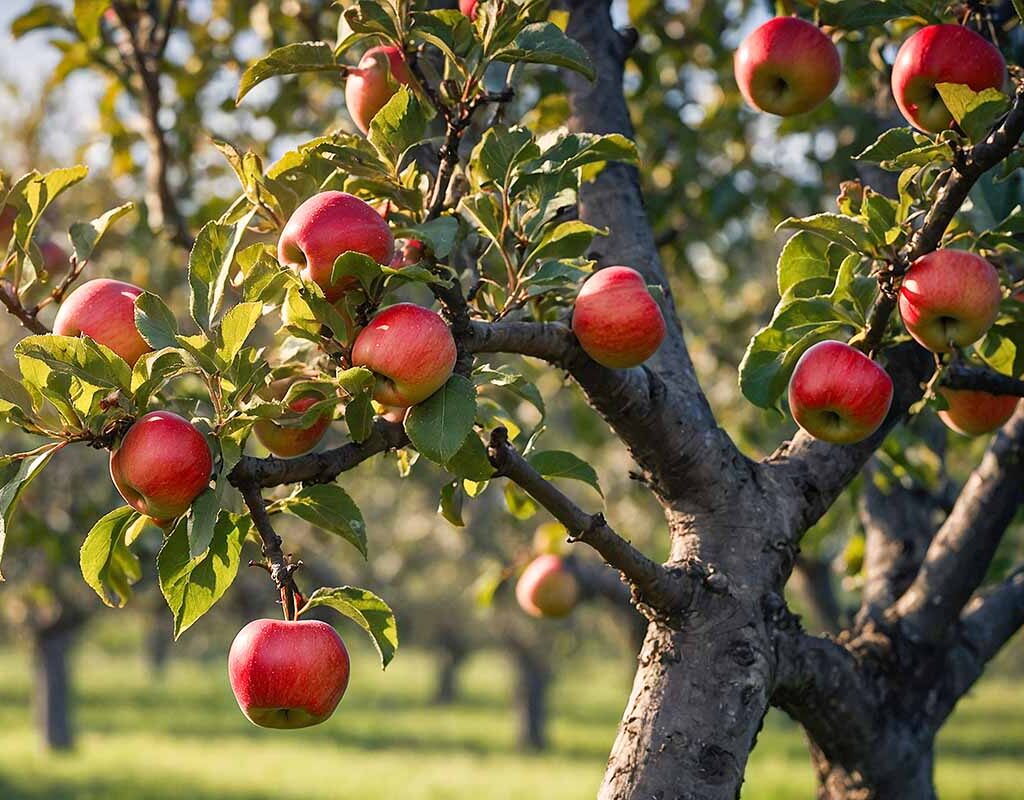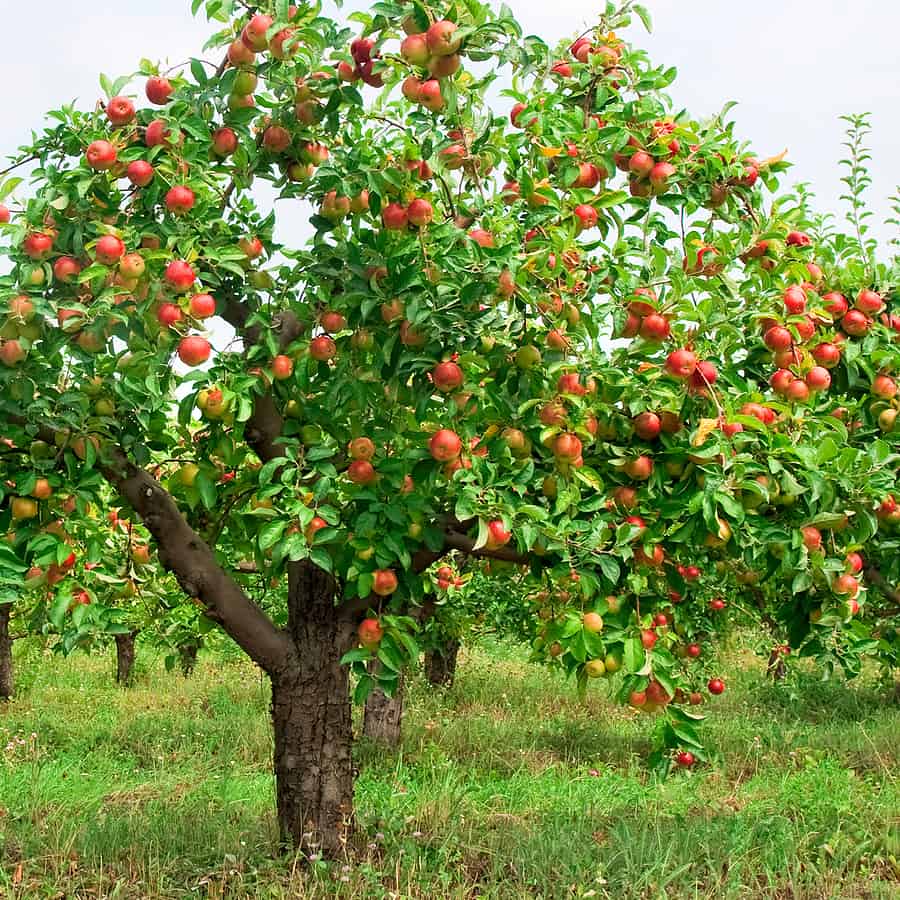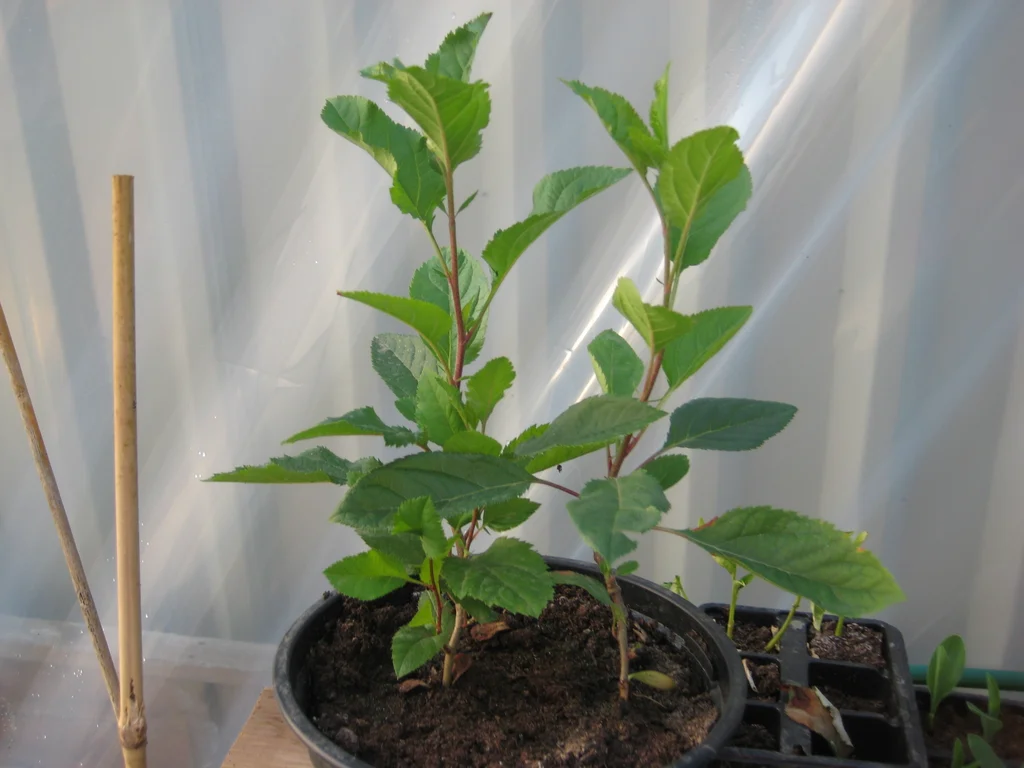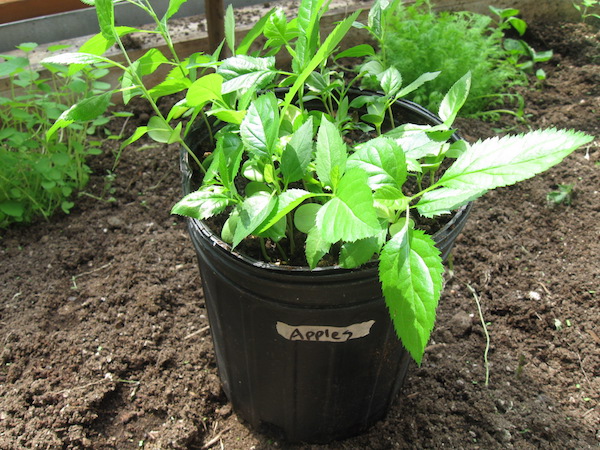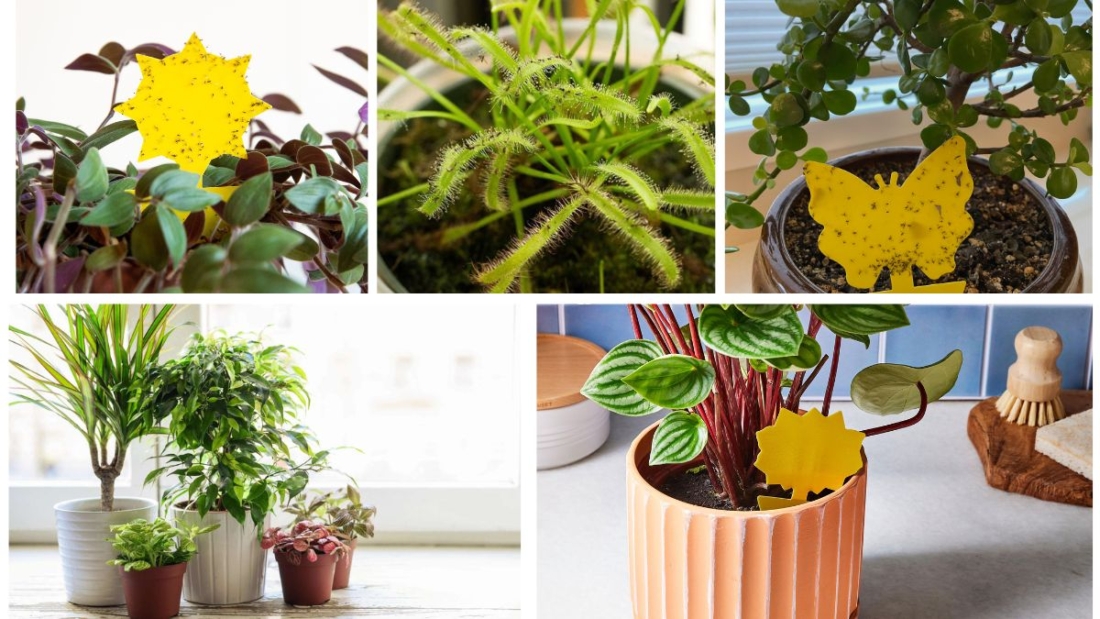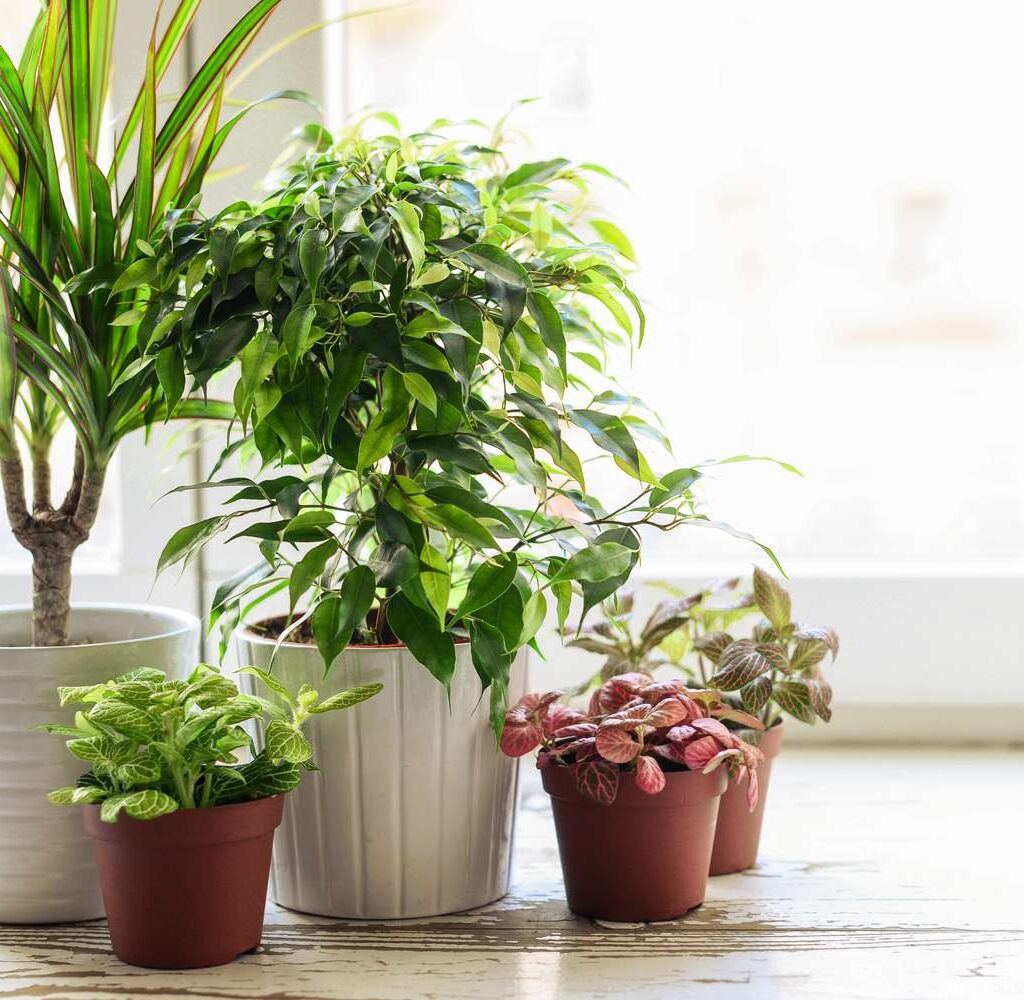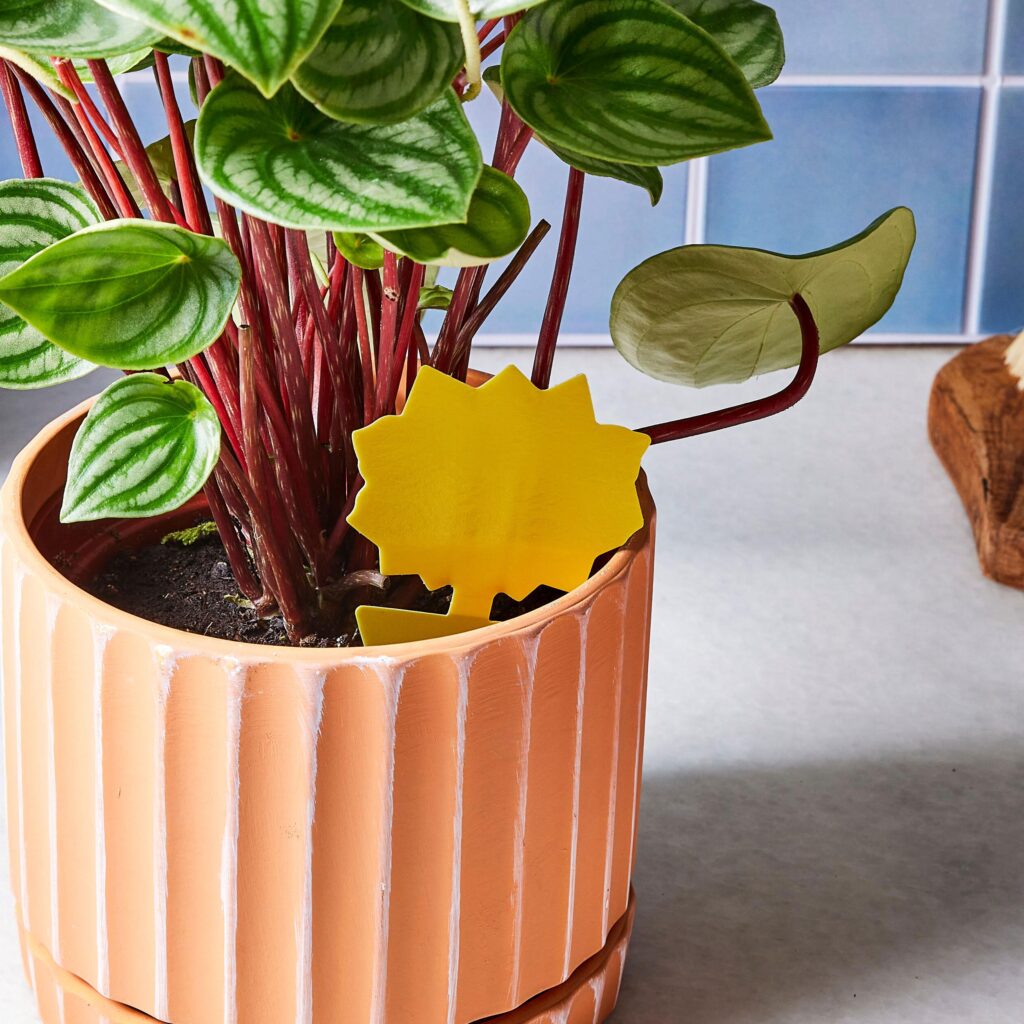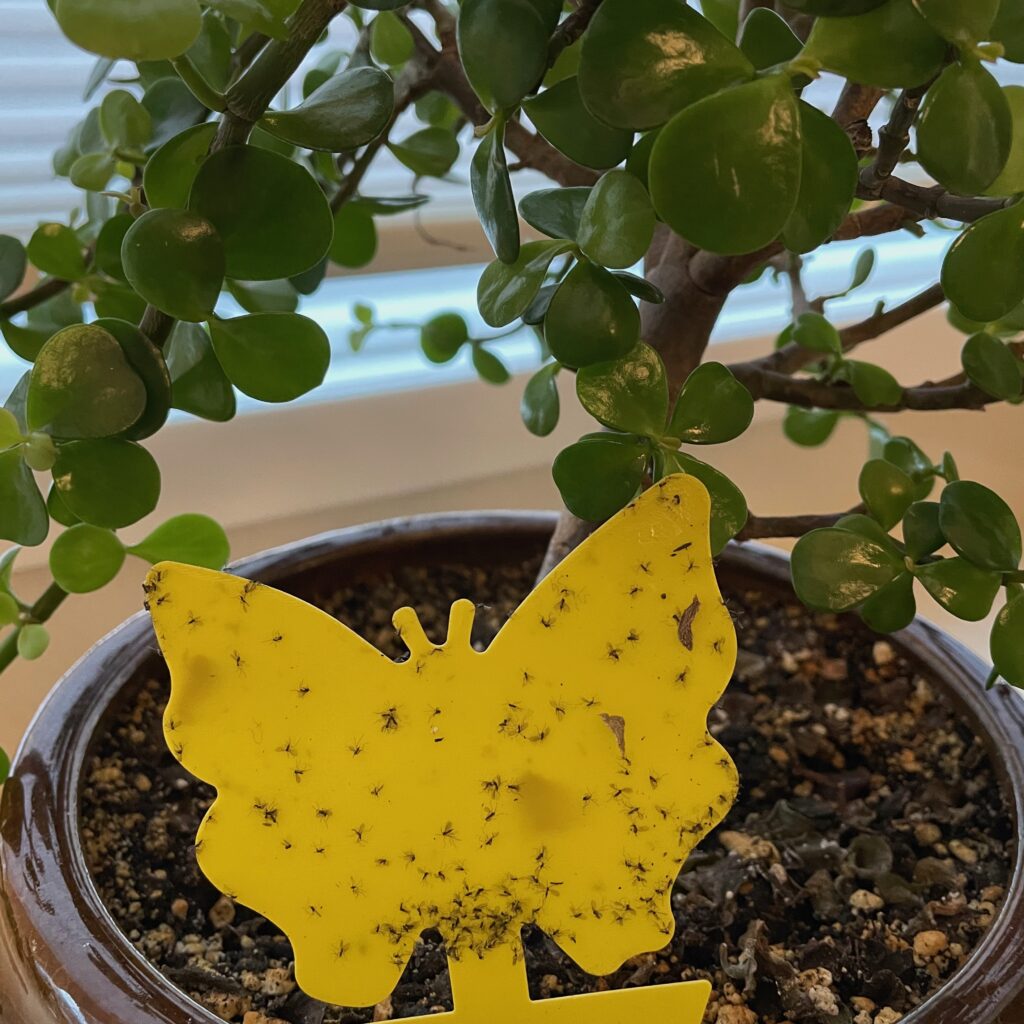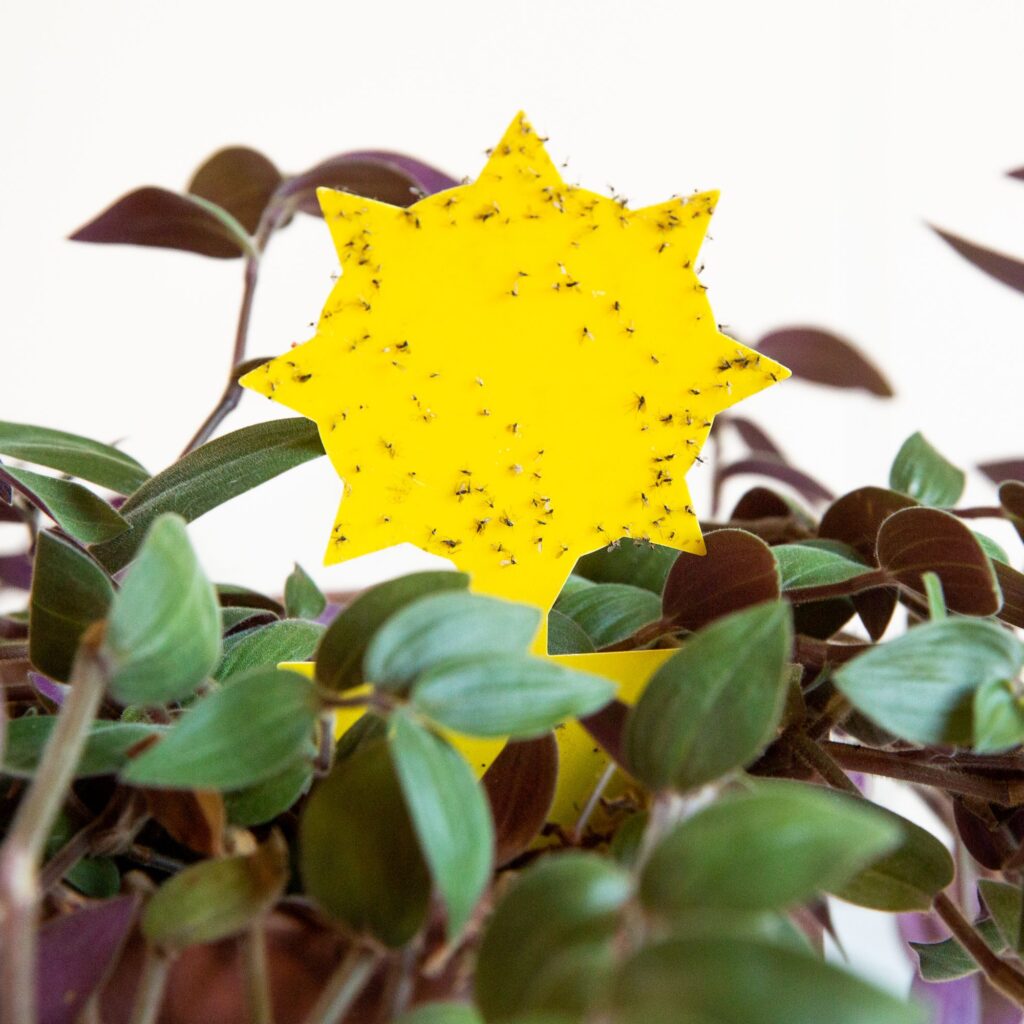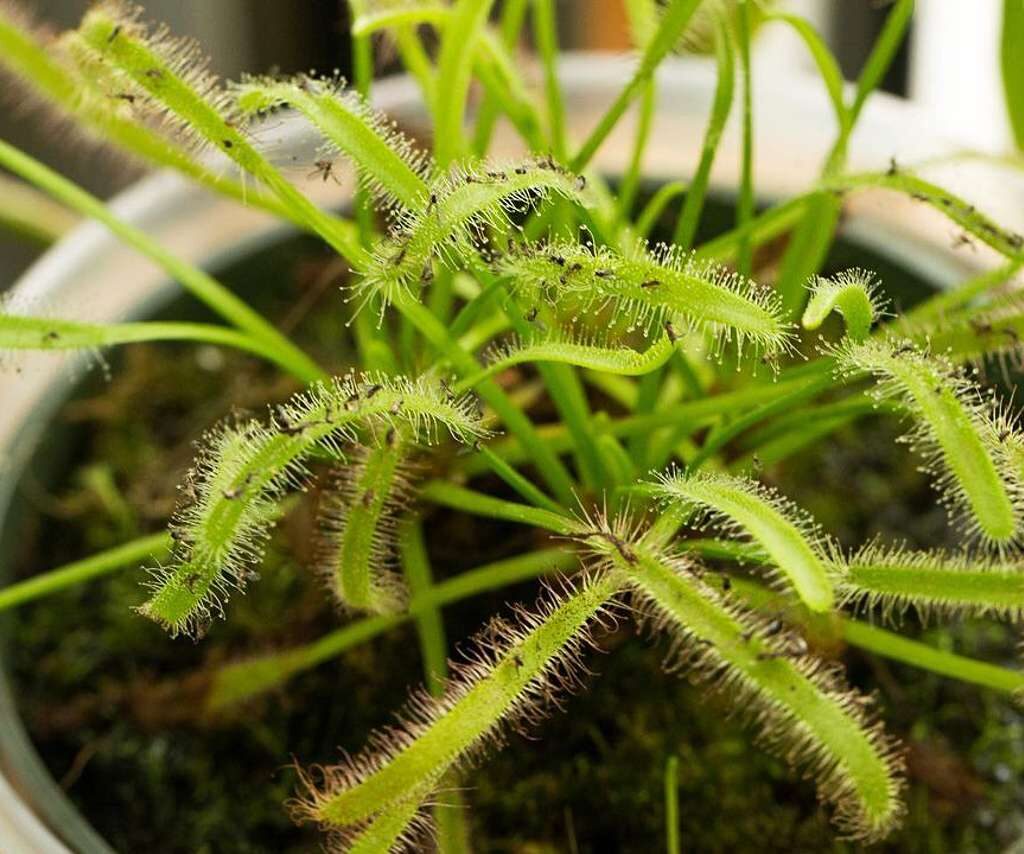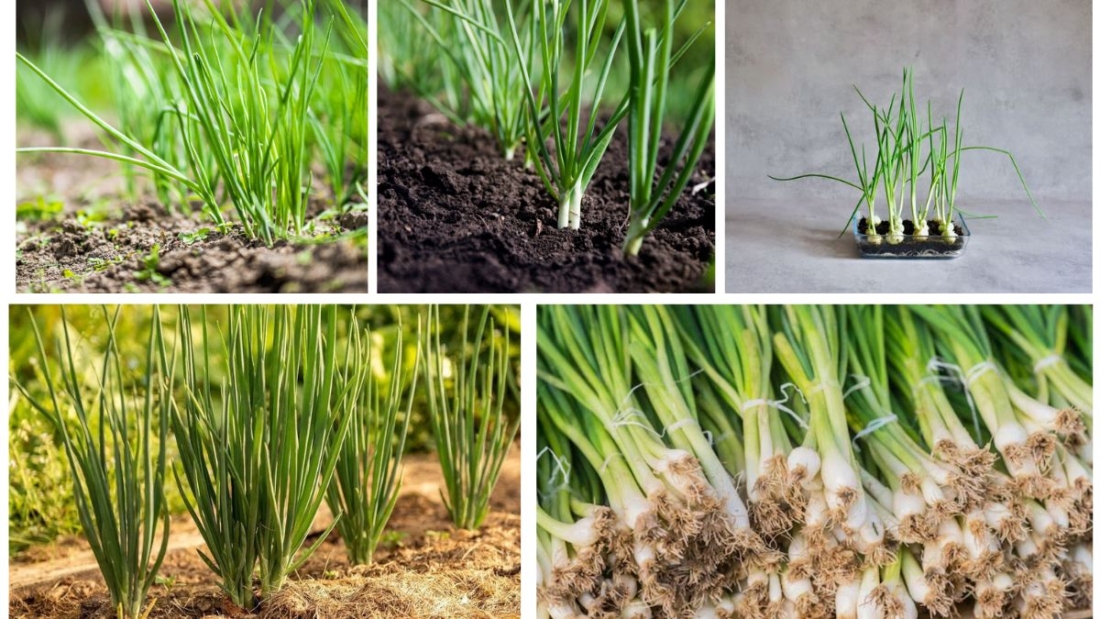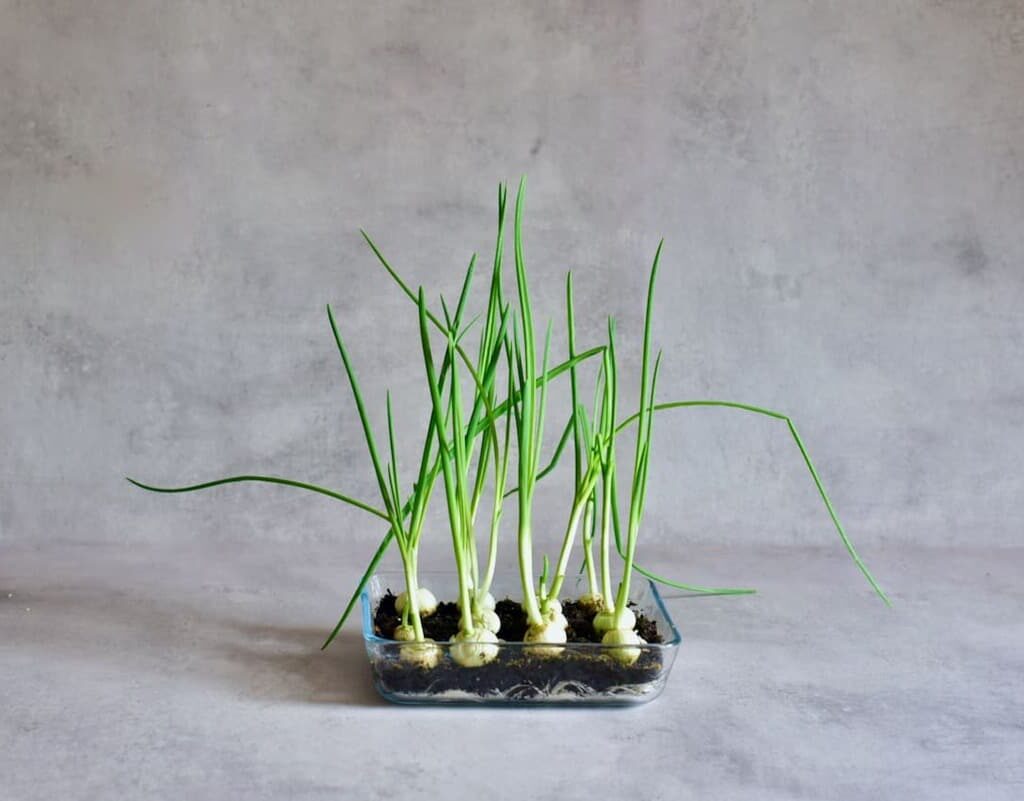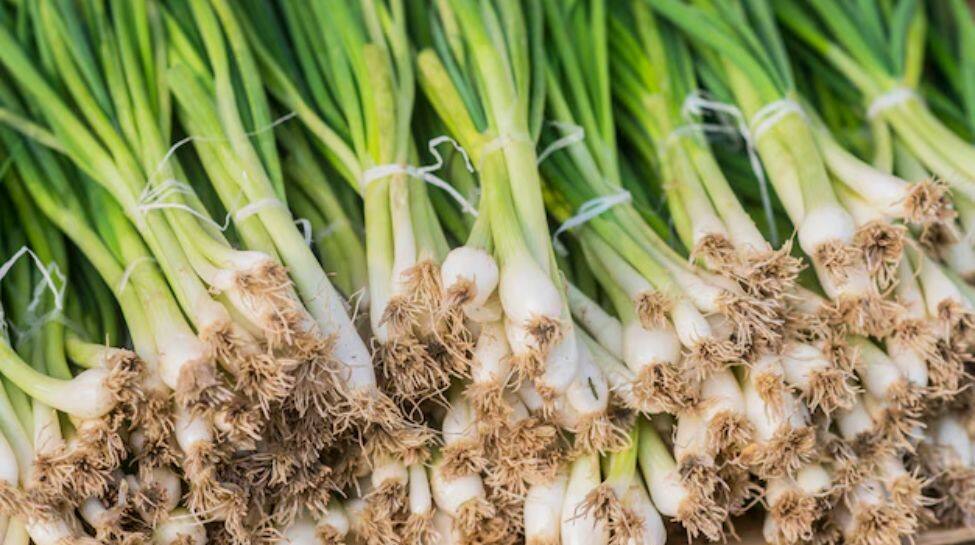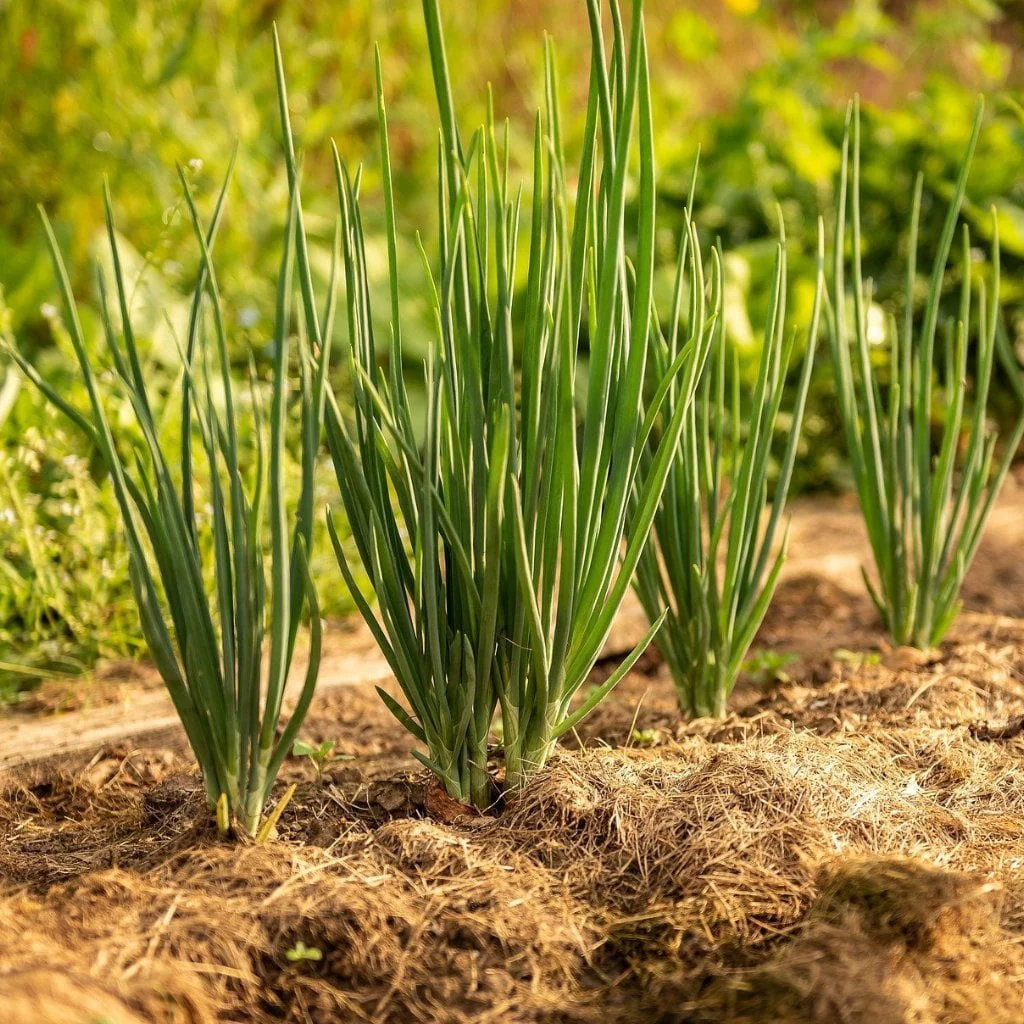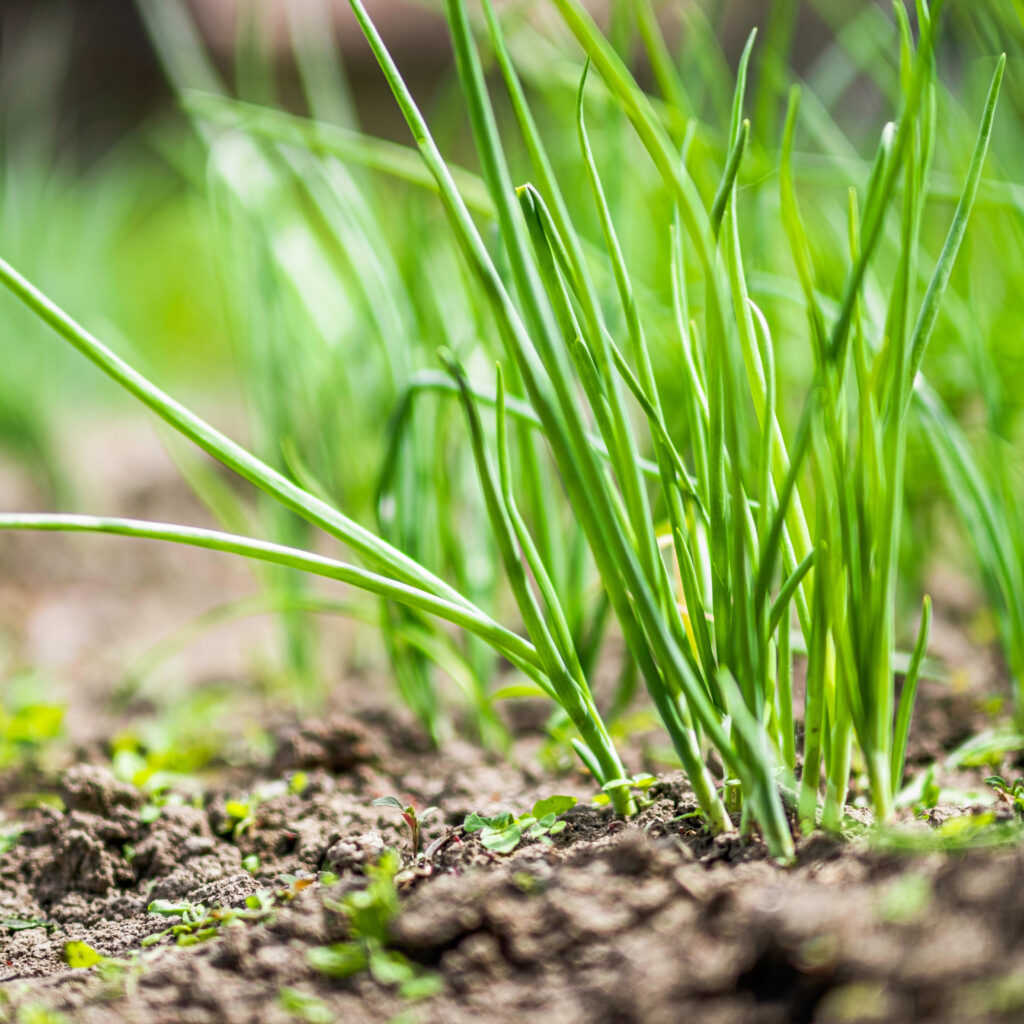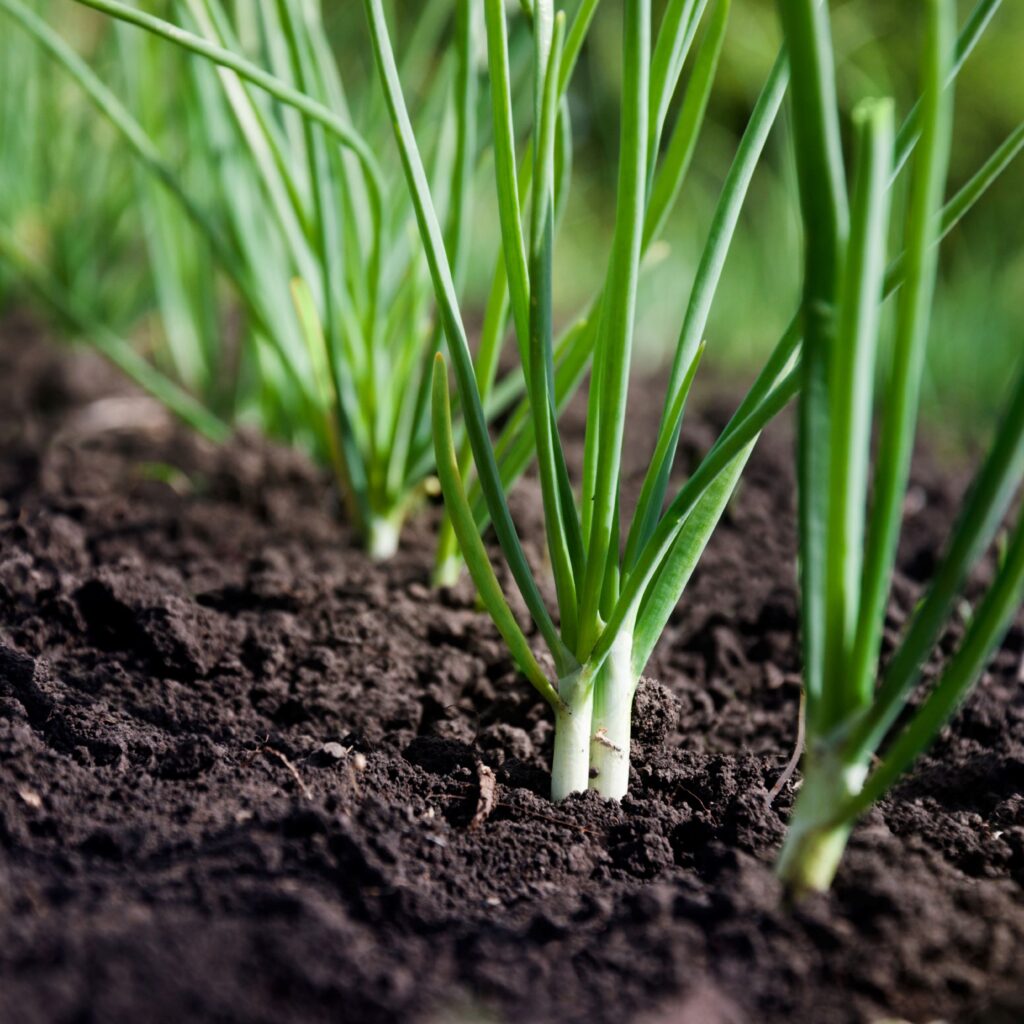Bringing tropical flair indoors has become one of the hottest trends in modern interior design. Tropical small trees not only create a lush, exotic vibe but also purify the air, improve mood, and serve as natural décor. For homeowners, apartment dwellers, and plant enthusiasts, these trees are the ultimate way to blend functionality with style. Unlike giant palms or full-sized tropical species that require massive space, small tropical trees thrive in containers and can easily be integrated into living rooms, offices, and even bedrooms.
This article explores the best small trees that bring a tropical touch indoors, their benefits, care tips, and how to style them to transform your home into a mini tropical oasis.
Why Choose Tropical Small Trees for Indoors?
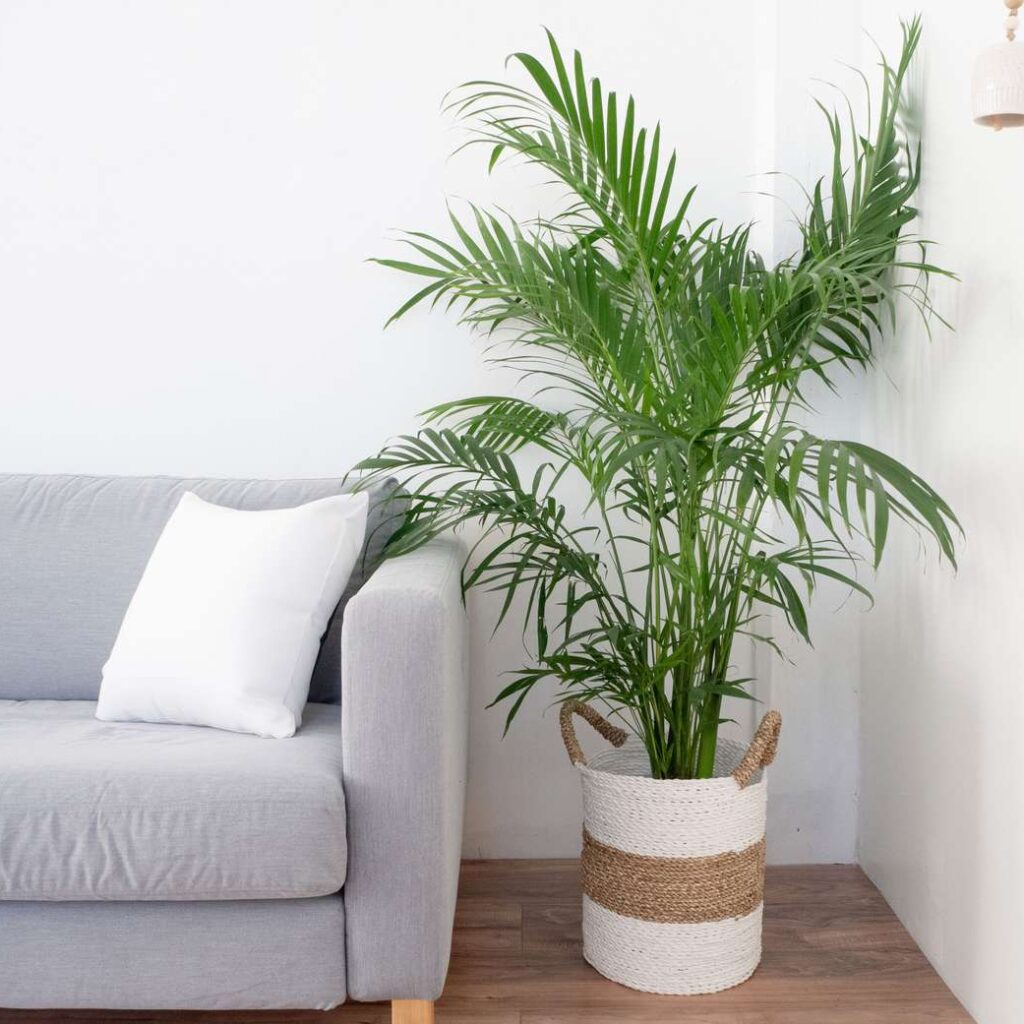
Tropical plants have long been admired for their bold leaves, vibrant flowers, and exotic presence. Here’s why they make excellent indoor choices:
- Exotic Aesthetic – Their broad foliage and striking colors instantly add a tropical vibe to any interior.
- Compact Growth – Many tropical trees can be kept at manageable sizes through pruning or by choosing dwarf varieties.
- Year-Round Greenery – These trees thrive indoors with consistent care, offering greenery even during harsh winters.
- Health Benefits – Tropical trees improve air quality by filtering toxins and adding humidity.
- Stress Relief – Studies suggest exposure to lush green plants reduces stress and enhances relaxation—perfect for modern homes.
Factors to Consider Before Growing Tropical Trees Indoors
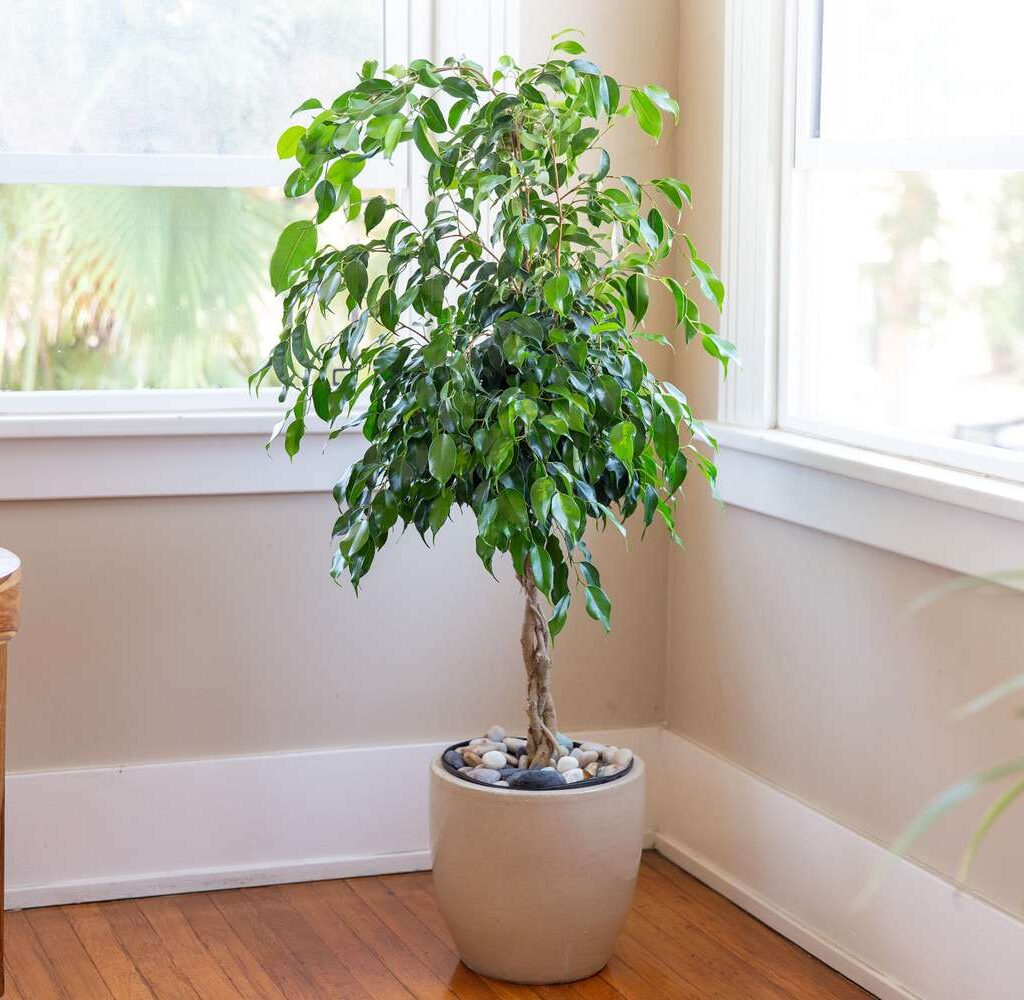
Before diving into specific trees, keep these points in mind:
- Light Needs: Most tropical species need bright, indirect sunlight.
- Humidity: Tropical trees thrive in humid conditions; misting or using humidifiers may be required.
- Container Choice: Use pots with drainage holes to prevent root rot.
- Soil: Well-draining, organic-rich soil helps replicate their native environments.
- Temperature: Keep trees away from drafts, heaters, or air conditioners that cause stress.
Best Small Tropical Trees for Indoors
1. Fiddle Leaf Fig (Ficus lyrata)
A modern favorite, the fiddle leaf fig is instantly recognizable for its large, violin-shaped leaves. While it can grow tall outdoors, indoor potted versions remain compact, usually between 4–6 feet.
- Care Needs: Prefers bright, indirect light and consistent watering (but avoid soggy soil). Rotate regularly for even growth.
- Tropical Flair: Its bold leaves make a dramatic statement in minimalistic or modern interiors.
- Styling Tip: Place in a woven basket or sleek ceramic pot to highlight its sculptural beauty.
2. Areca Palm (Dypsis lutescens)
Also known as the butterfly palm, this small tree has feathery fronds that bring instant tropical vibes indoors. It’s a natural humidifier, releasing moisture into the air.
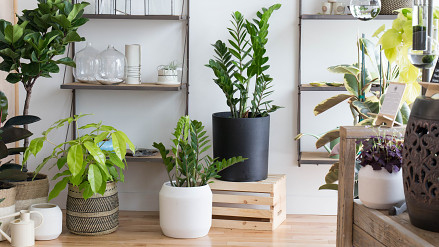
- Care Needs: Bright, filtered light and frequent watering. Keep soil slightly moist.
- Tropical Flair: Its clumping stems and arching fronds resemble a mini palm grove.
- Styling Tip: Perfect for corners of living rooms or office spaces for a lush, green backdrop.
3. Banana Plant (Musa spp.)
Banana plants bring a bold tropical statement indoors with their enormous paddle-shaped leaves. While fruiting indoors is rare, the foliage alone provides an authentic jungle look.
- Care Needs: Requires plenty of sunlight, high humidity, and consistent watering.
- Tropical Flair: Few plants can rival the dramatic effect of its oversized leaves.
- Styling Tip: Works well as a centerpiece in bright rooms or sunrooms.
4. Bird of Paradise (Strelitzia reginae)
The bird of paradise tree is admired for both its large banana-like leaves and its exotic, crane-shaped flowers. Indoors, it grows up to 6 feet, providing a striking presence.
- Care Needs: Full sun to bright indirect light; needs consistent watering and occasional feeding.
- Tropical Flair: Its flowers, when they bloom, are a showstopper with vibrant orange and blue petals.
- Styling Tip: Use in a minimalist room to let its dramatic leaves take center stage.
5. Dwarf Umbrella Tree (Schefflera arboricola)
This compact tree has glossy, umbrella-like leaves arranged in clusters, adding a cheerful tropical touch indoors. Variegated varieties bring extra color.
- Care Needs: Tolerates medium light but thrives in bright indirect light. Water moderately.
- Tropical Flair: Its leaf patterns create a playful, airy vibe.
- Styling Tip: Great for office corners or as a desk-side tree.
6. Money Tree (Pachira aquatica)
Known for its braided trunk and lush leaves, the money tree is often associated with prosperity and good luck. Its unique appearance makes it one of the most popular indoor tropical trees.
- Care Needs: Thrives in bright, indirect light; prefers moderate watering. Avoid overwatering.
- Tropical Flair: Braided stems with dense foliage add elegance and a touch of feng shui.
- Styling Tip: Place in a decorative pot near entryways for both beauty and symbolism.
7. Parlor Palm (Chamaedorea elegans)
A classic Victorian-era houseplant, the parlor palm thrives in low light and adds soft tropical greenery without overwhelming small spaces.
- Care Needs: Tolerates low light; requires occasional watering. Very low-maintenance.
- Tropical Flair: Its slender stems and gentle fronds create a delicate, airy tropical feel.
- Styling Tip: Ideal for bedrooms, hallways, or dim corners.
8. Guava Tree (Psidium guajava)
For those who want both tropical flair and edible fruit, the guava tree is a fantastic choice. Dwarf varieties stay compact and produce fragrant blossoms and sweet fruits.
- Care Needs: Requires bright sunlight, rich soil, and regular pruning.
- Tropical Flair: Shiny leaves and aromatic fruit bring the tropics indoors.
- Styling Tip: Place near a sunny window or under grow lights for best results.
Styling Tropical Trees Indoors
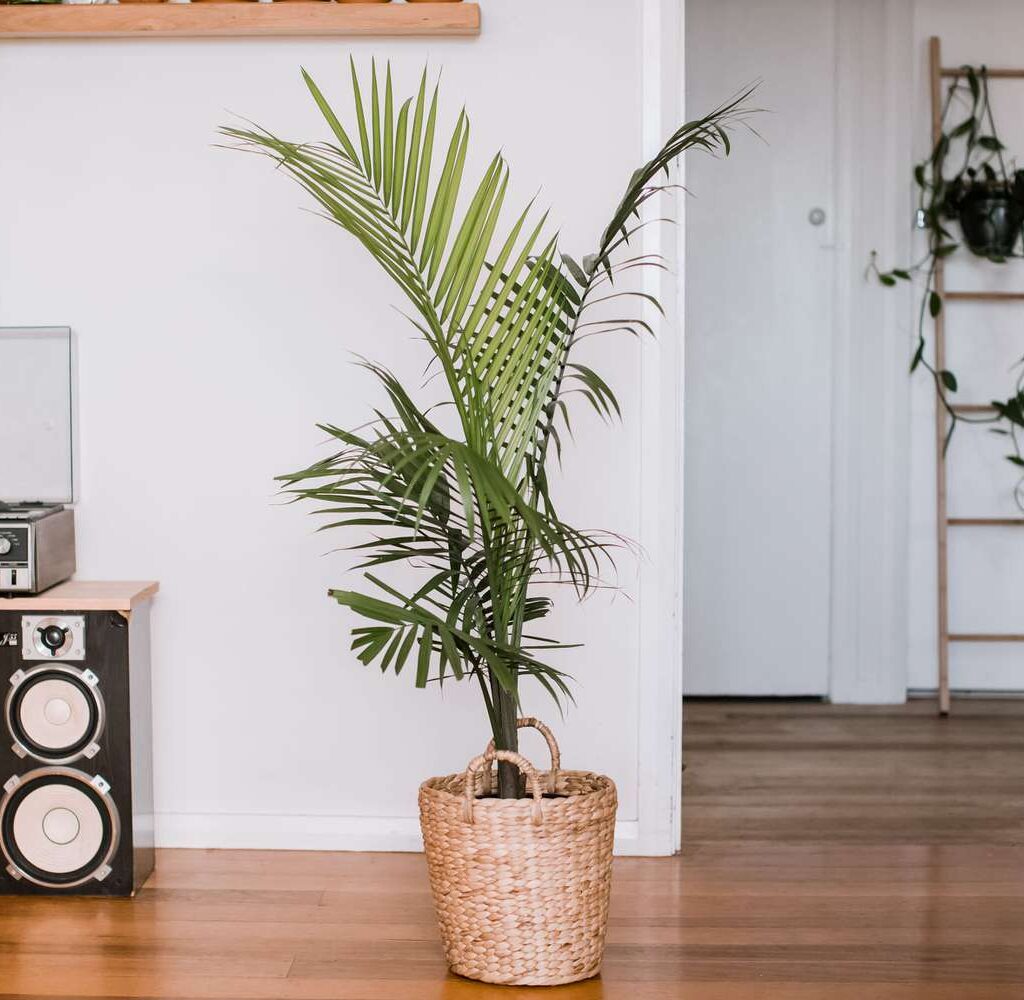
Adding tropical trees isn’t just about placement—it’s about design harmony. Here are styling ideas:
- Statement Corners: Use tall tropical trees like fiddle leaf fig or bird of paradise to anchor empty corners.
- Clustered Oasis: Group smaller trees like parlor palms with leafy houseplants to create a layered tropical look.
- Balcony Jungle: Position banana plants or guava trees near sliding doors for a natural transition between indoors and outdoors.
- Decorative Pots: Choose ceramic, rattan, or terracotta pots to enhance the tropical vibe.
- Lighting Accents: Spotlights or floor lamps highlighting large foliage add drama to your décor.
Care Tips for Healthy Indoor Tropical Trees
- Light: Place trees in areas with bright, indirect light or use grow lights.
- Watering: Keep soil moist but not soggy. Use the “finger test” before watering.
- Humidity: Mist leaves, use pebble trays, or run humidifiers to mimic tropical environments.
- Fertilization: Feed monthly during spring and summer with a balanced liquid fertilizer.
- Pruning: Trim dead or yellowing leaves to encourage fresh growth and maintain size.
- Repotting: Every 2–3 years, repot into fresh soil to prevent root-bound conditions.
- Pest Control: Watch for spider mites, mealybugs, or aphids; treat with neem oil or insecticidal soap.
Benefits of Adding Tropical Trees Indoors
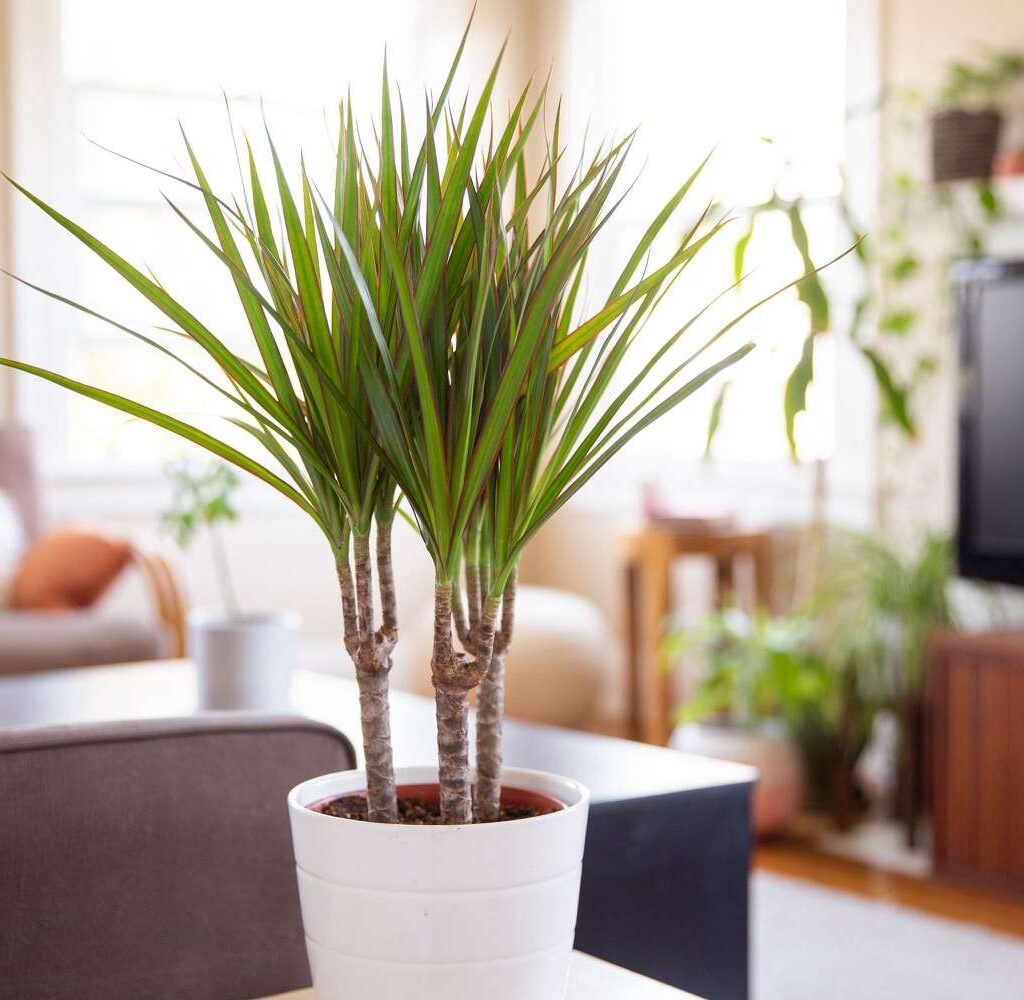
- Aesthetic Appeal: Bold foliage adds exotic charm to any interior.
- Mental Wellness: Tropical greenery promotes relaxation, reduces anxiety, and boosts creativity.
- Improved Air Quality: Many species filter harmful toxins, making your home healthier.
- Natural Humidifiers: Trees like palms and banana plants release moisture into dry indoor air.
- Sustainability: Growing edible tropical trees (like guava) provides fresh produce and reduces carbon footprint.
Conclusion
Small tropical trees are the ultimate blend of elegance, nature, and functionality for modern interiors. From the bold fiddle leaf fig to the graceful parlor palm, these plants add warmth, vibrancy, and a refreshing tropical feel to any space. By selecting the right species, providing proper care, and styling them thoughtfully, you can transform your home into a lush tropical haven, no matter where you live.
Whether you crave a dramatic centerpiece like a bird of paradise, a practical edible tree like guava, or a symbolic plant like the money tree, there is a tropical tree for every taste and space. With patience and consistent care, these indoor wonders will reward you with beauty, tranquility, and a touch of paradise all year round.
